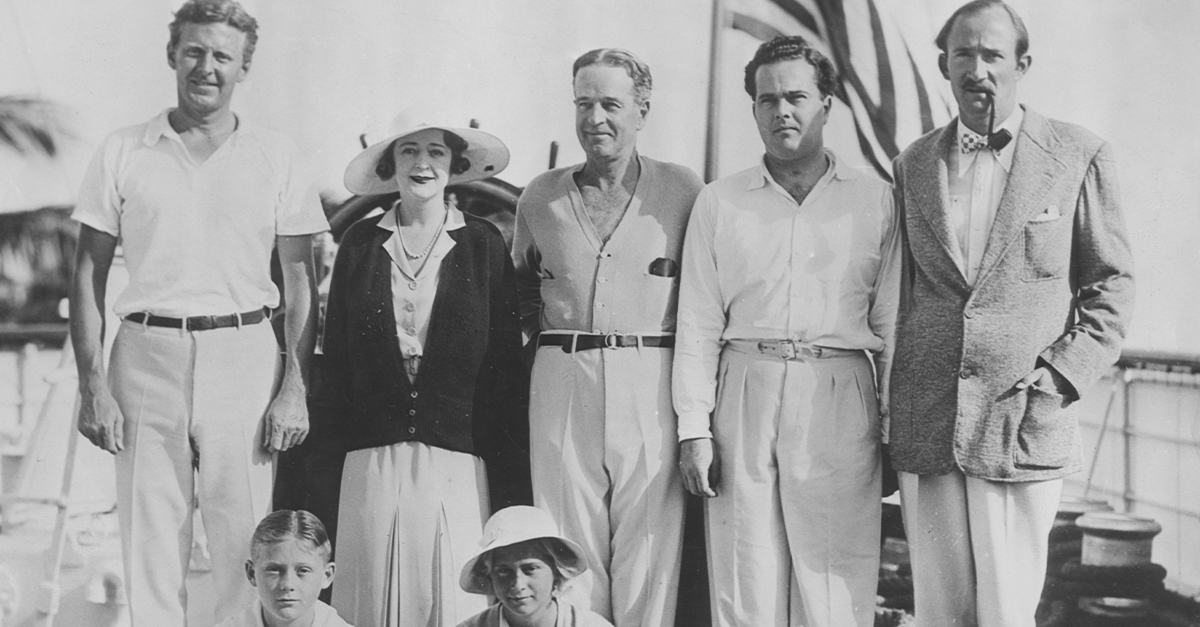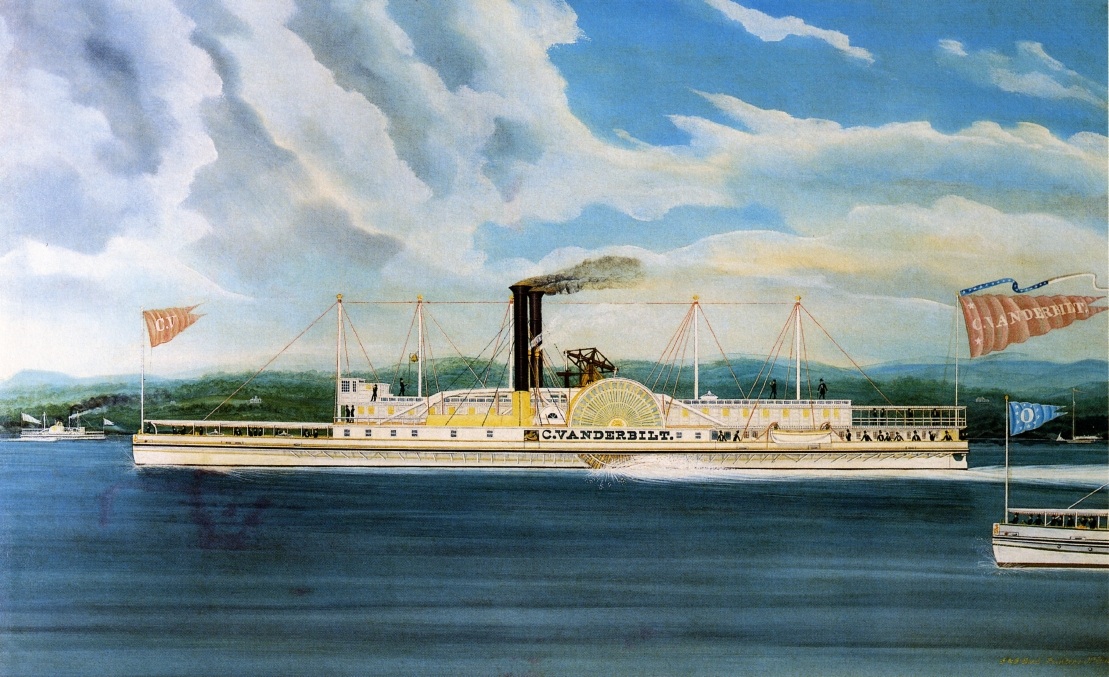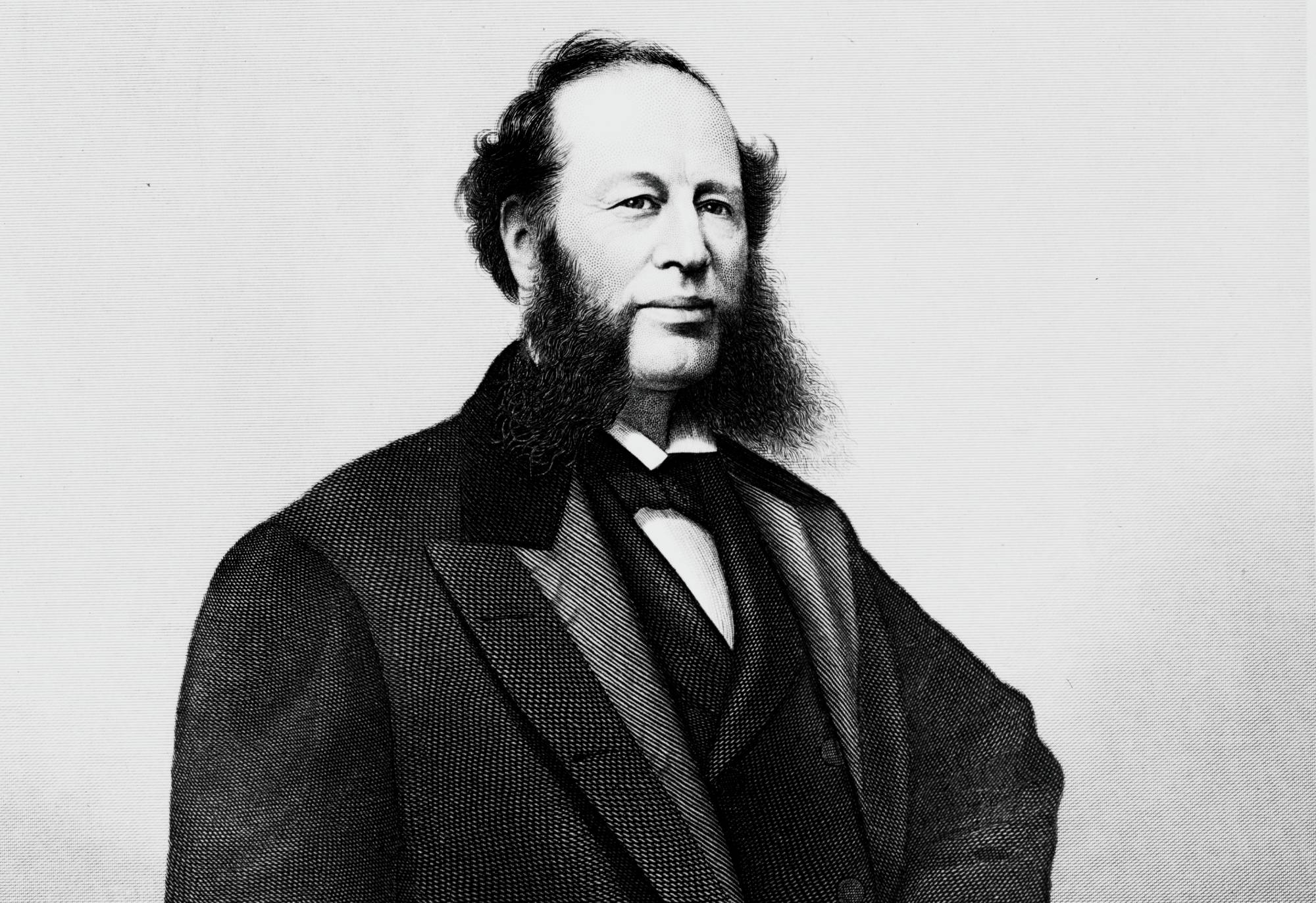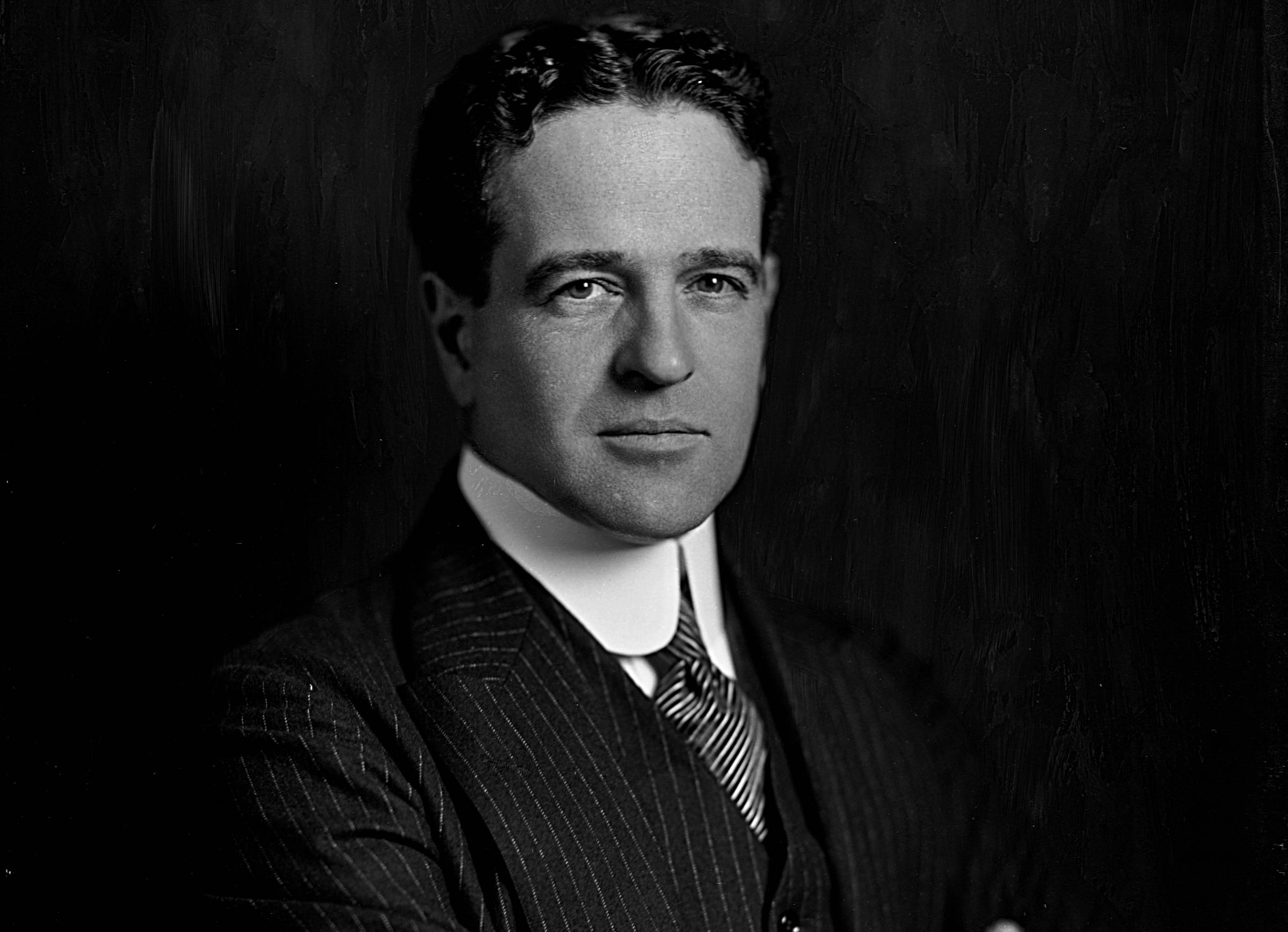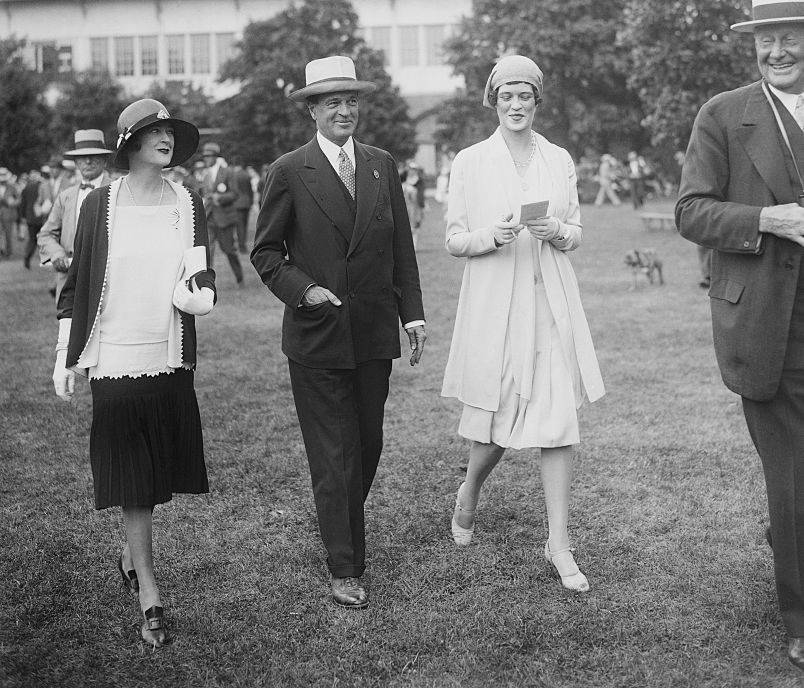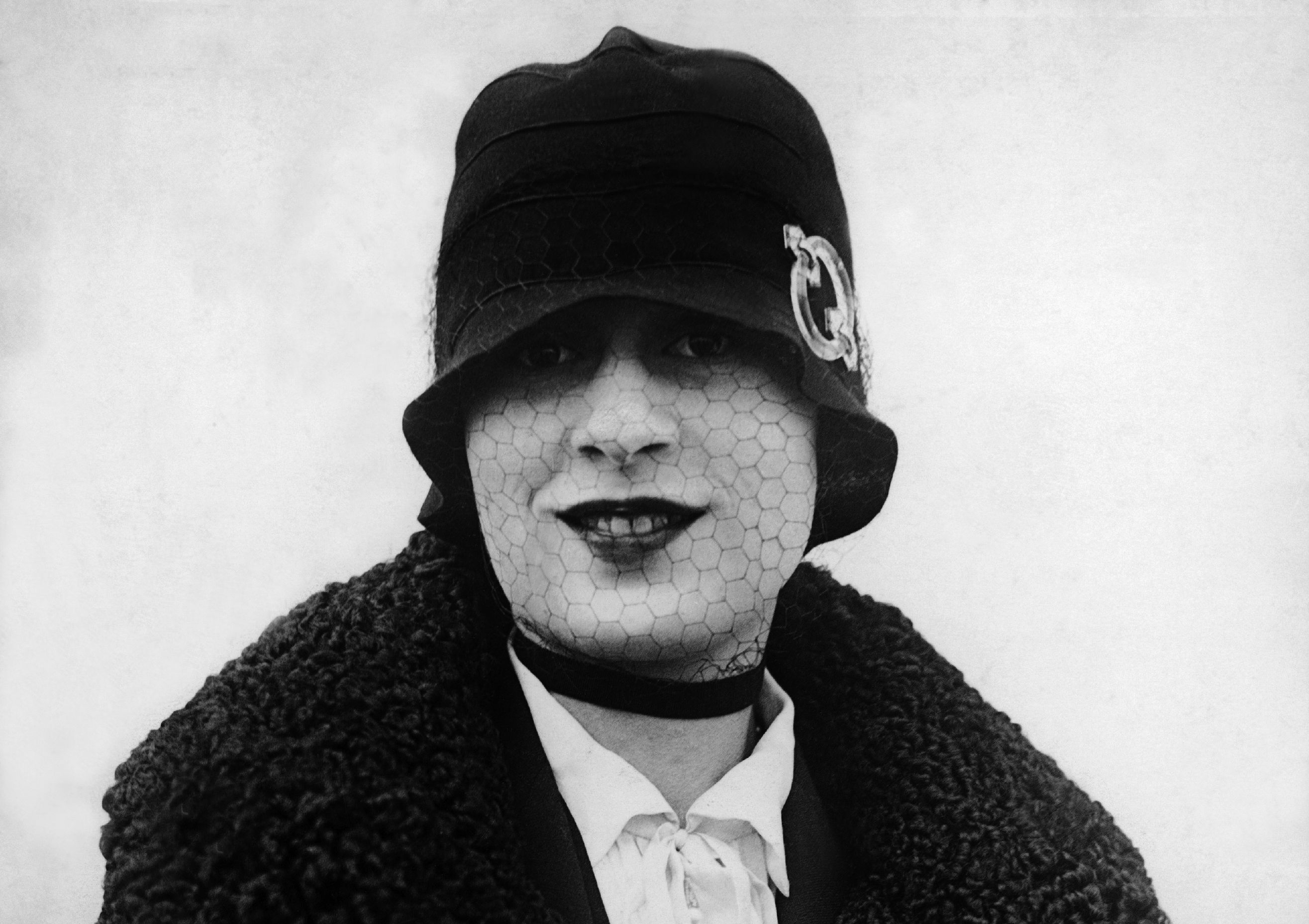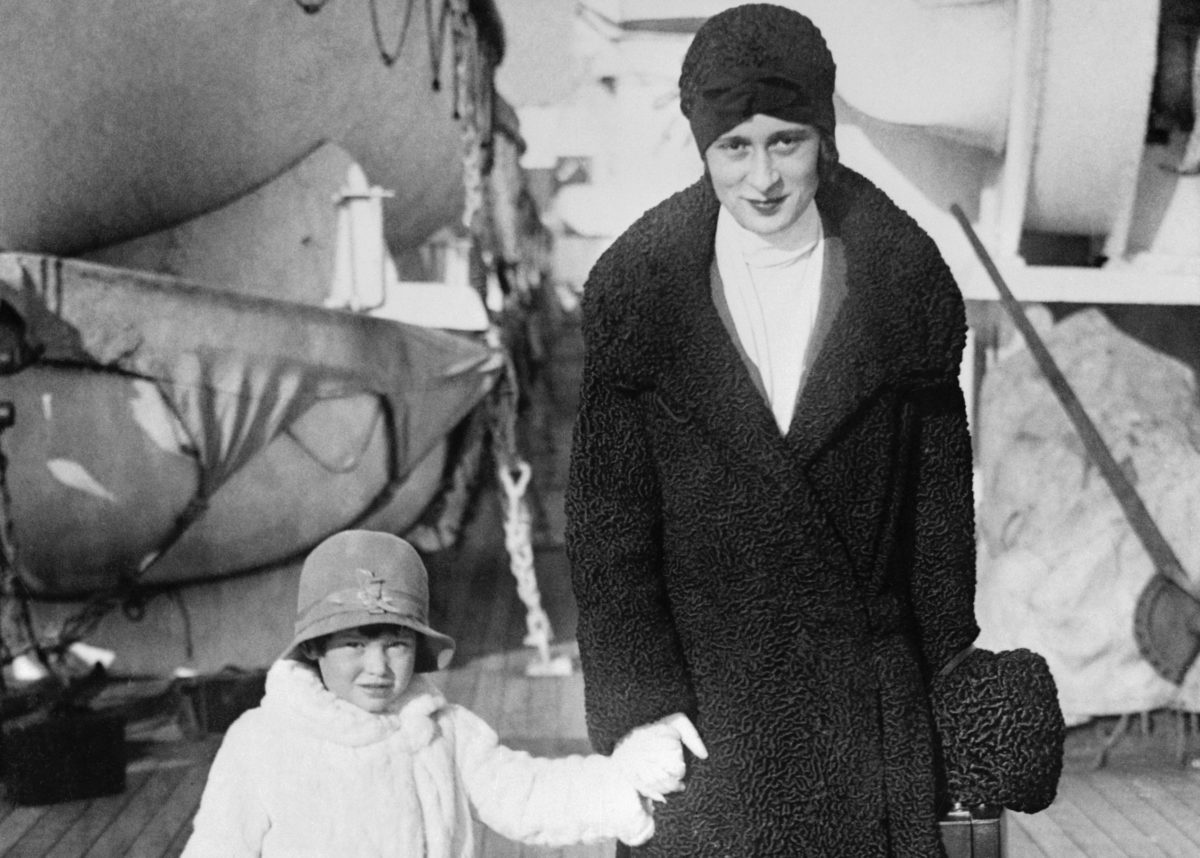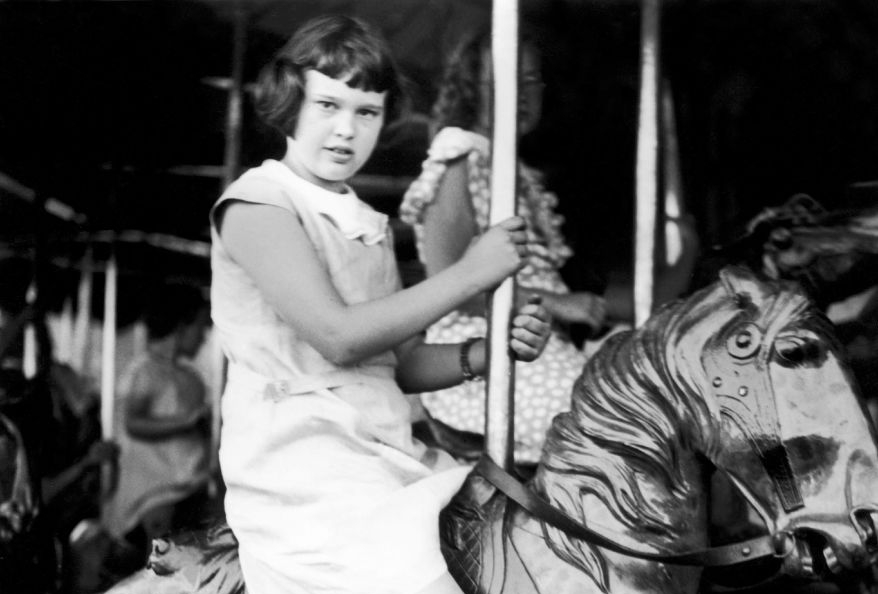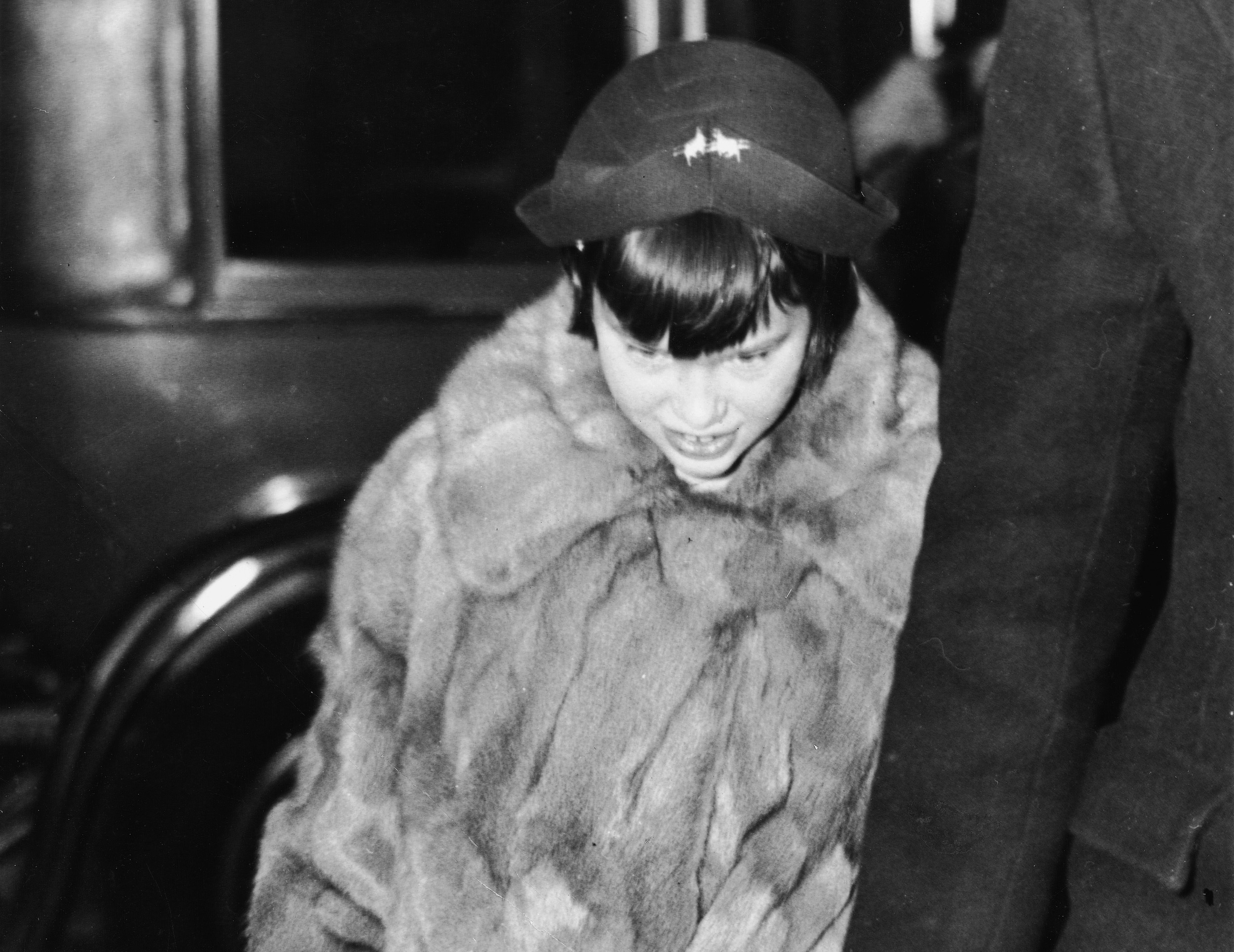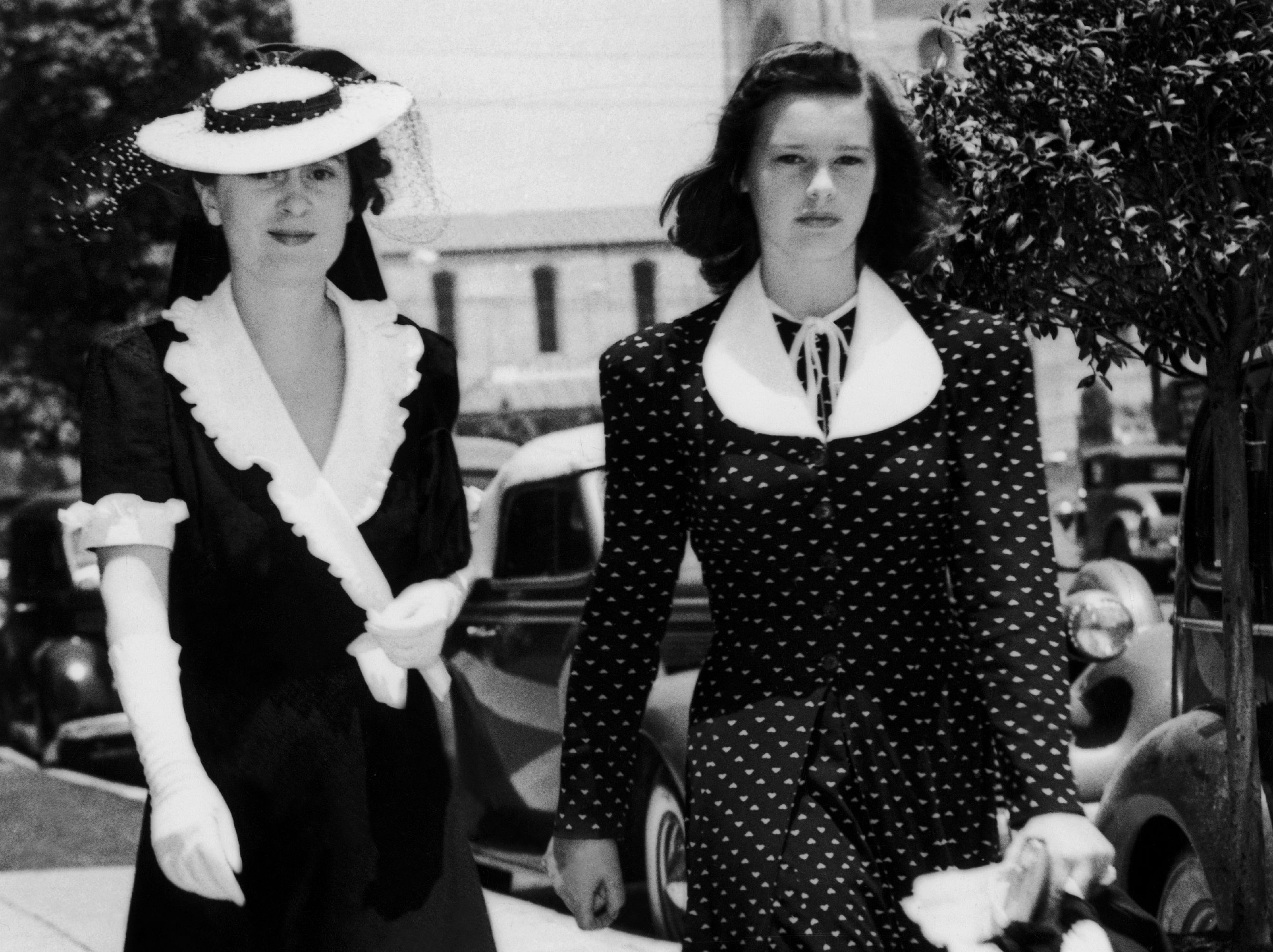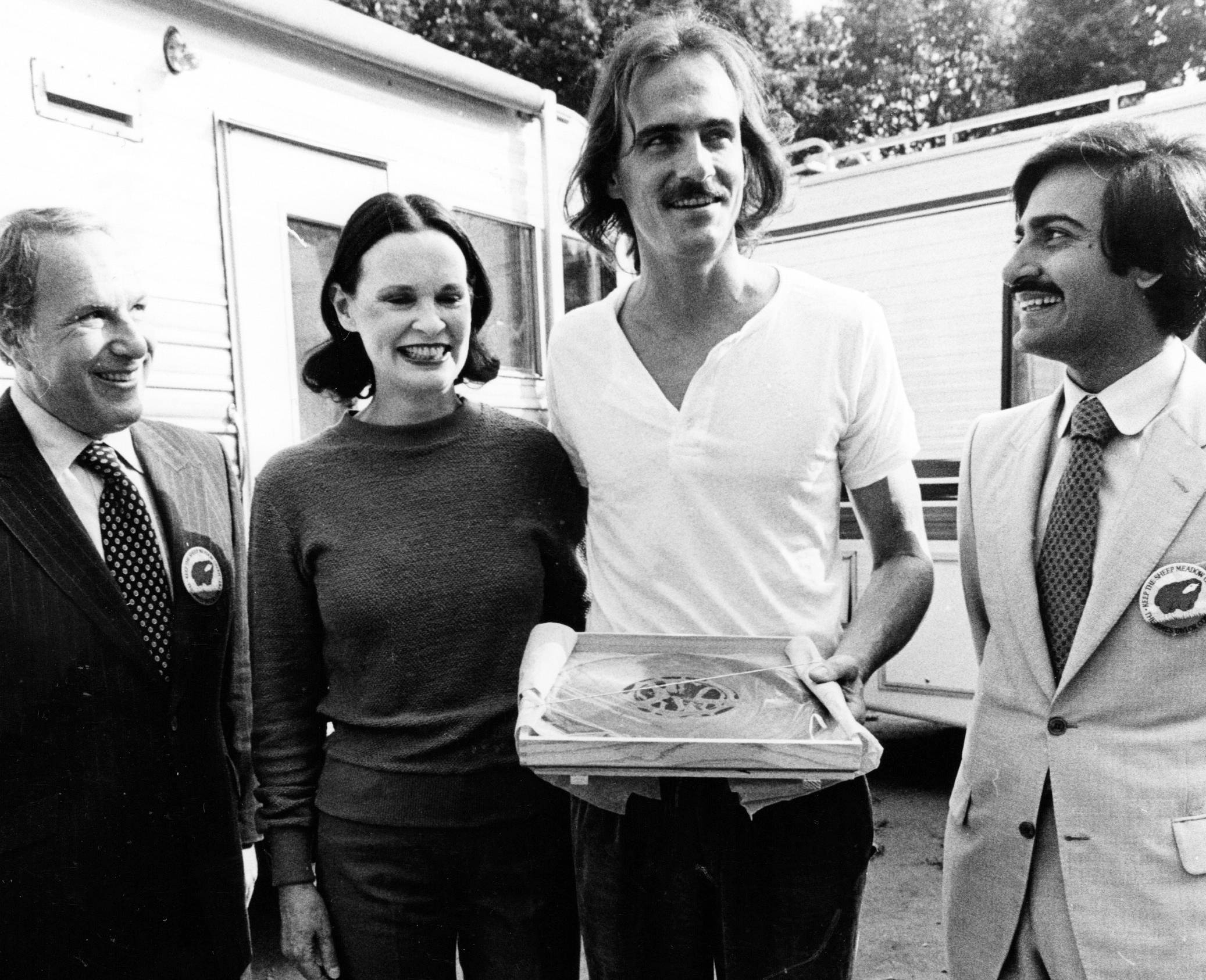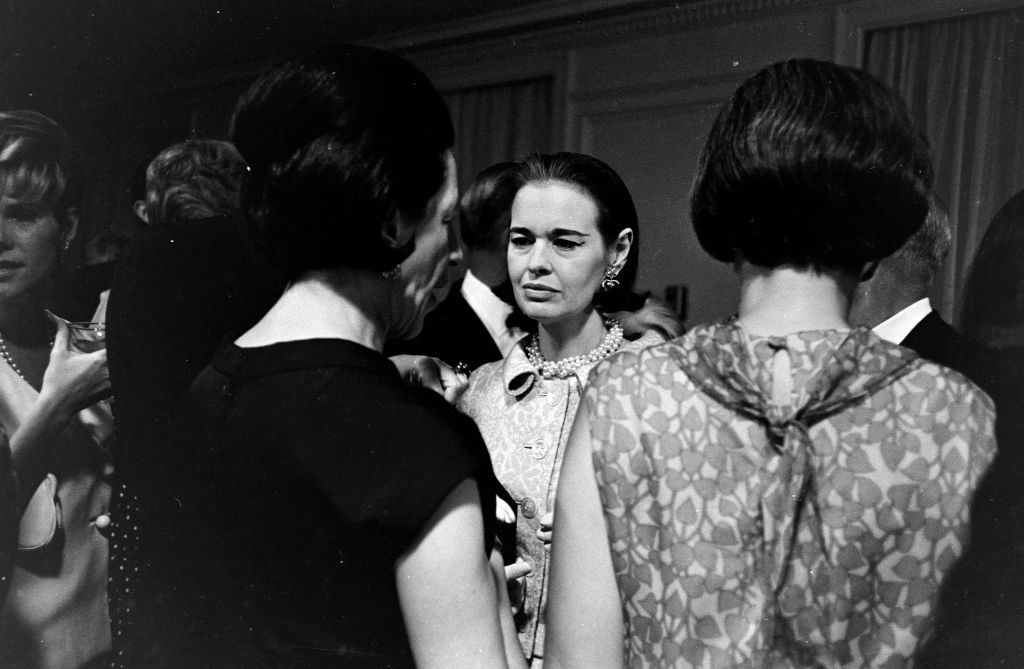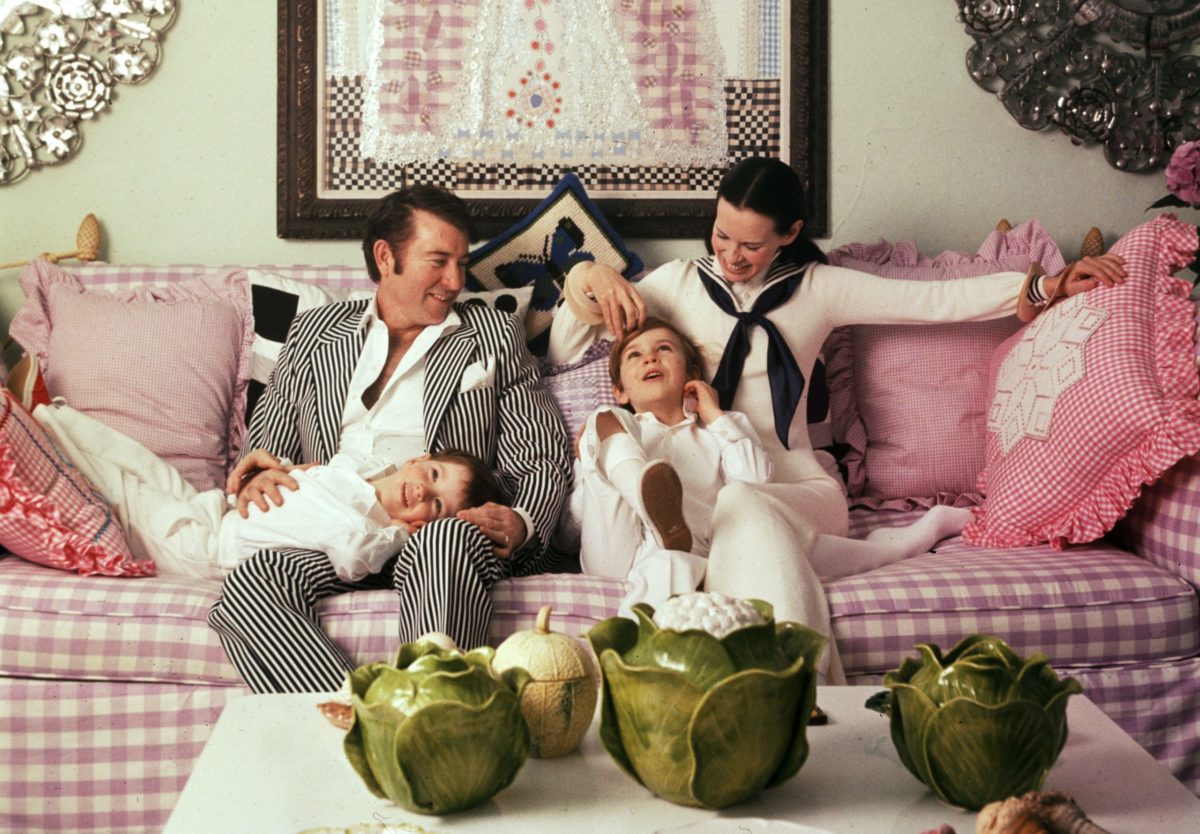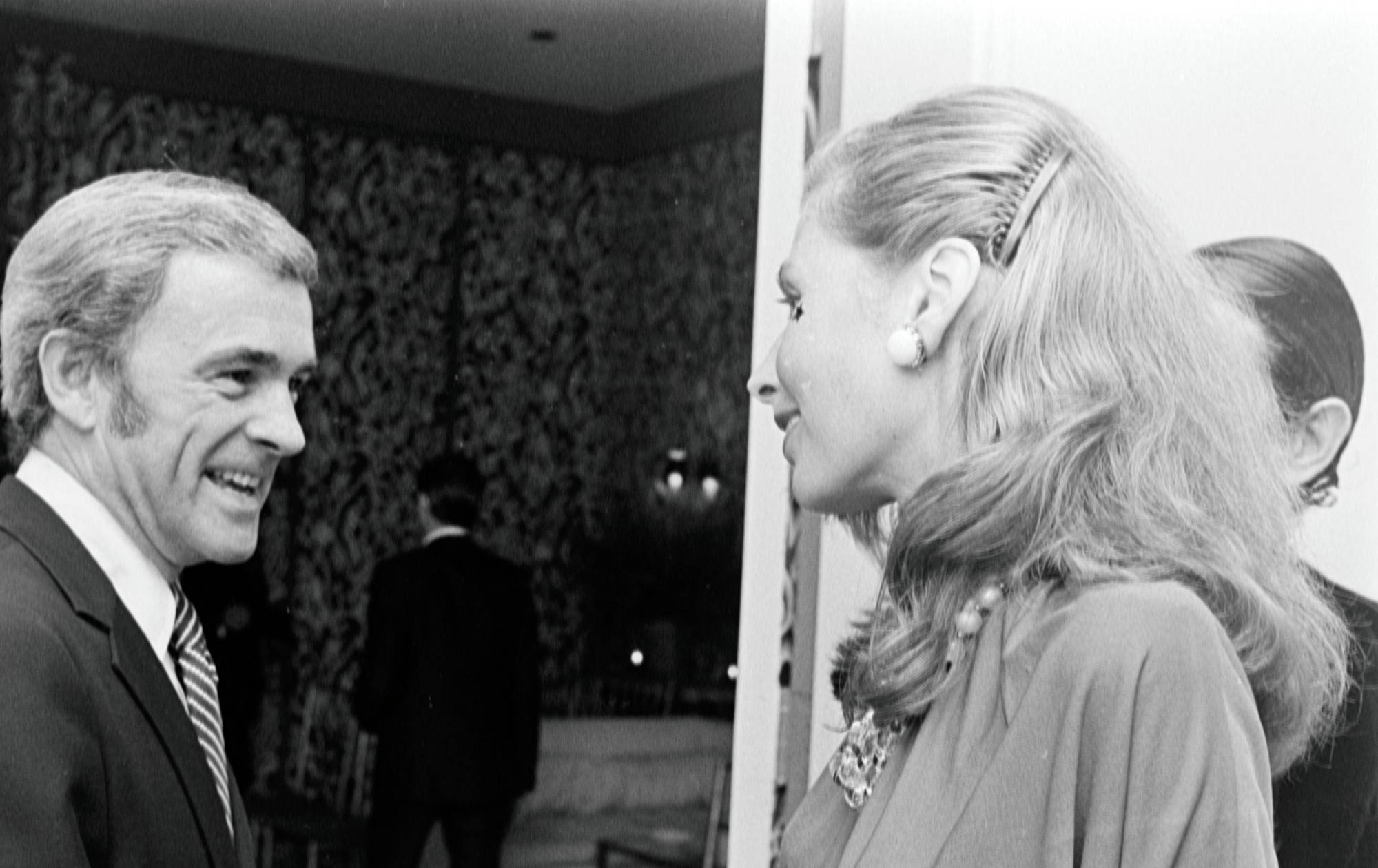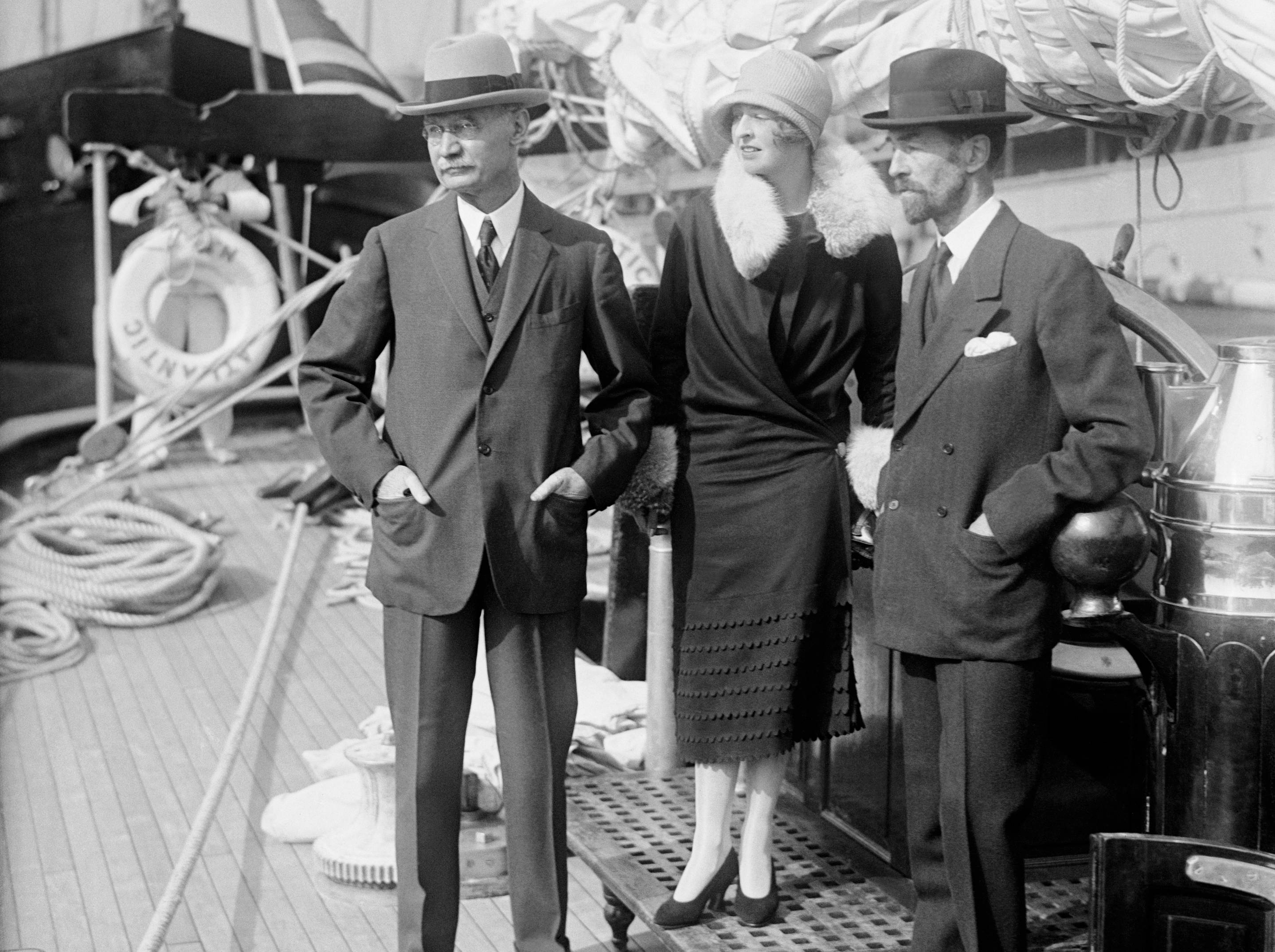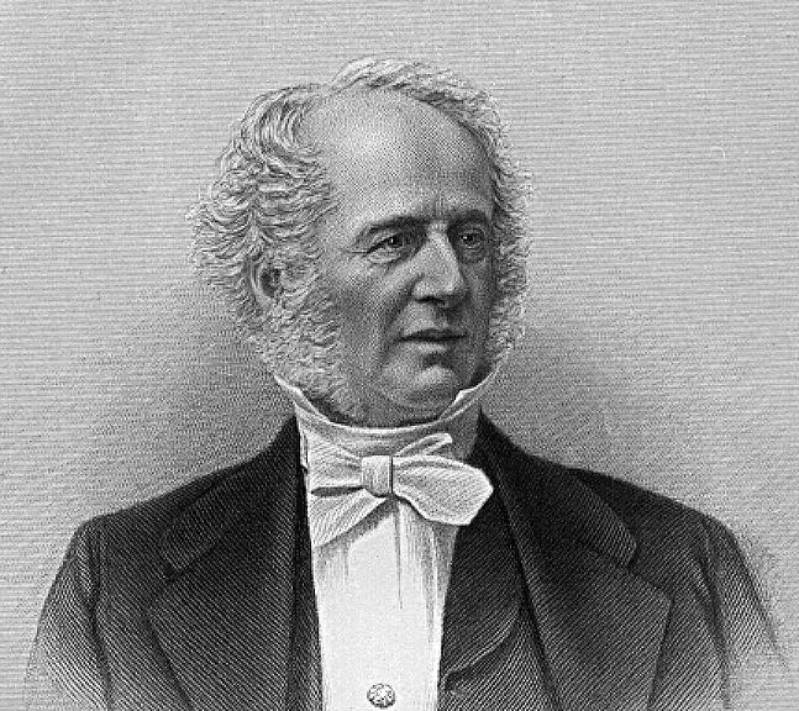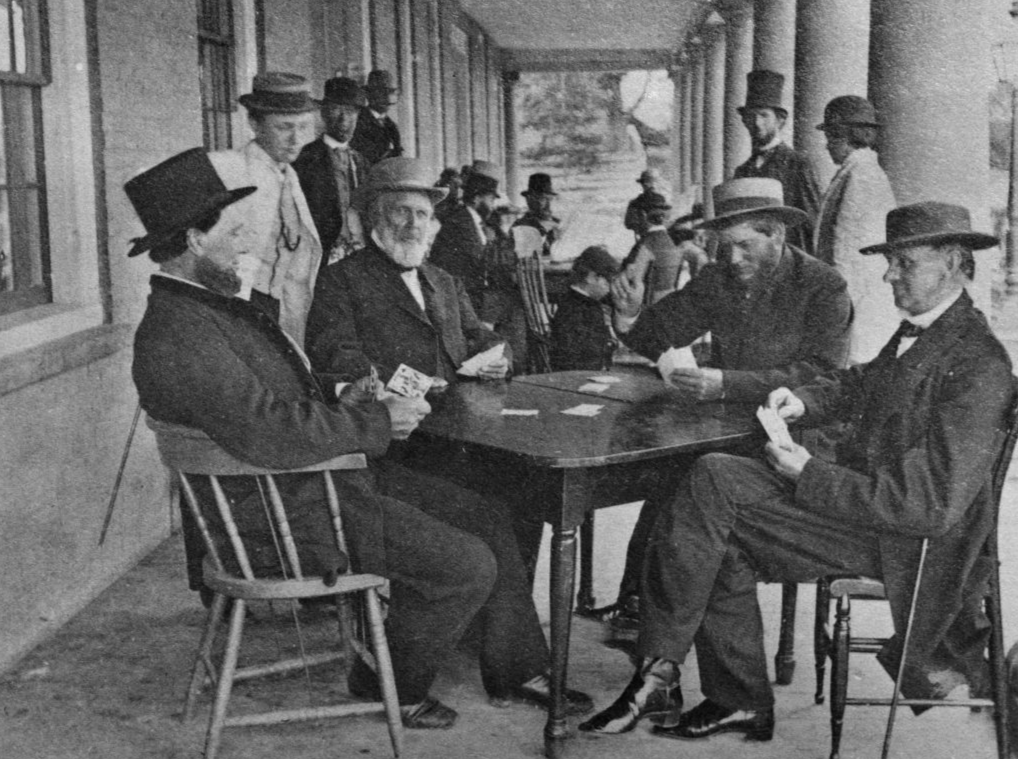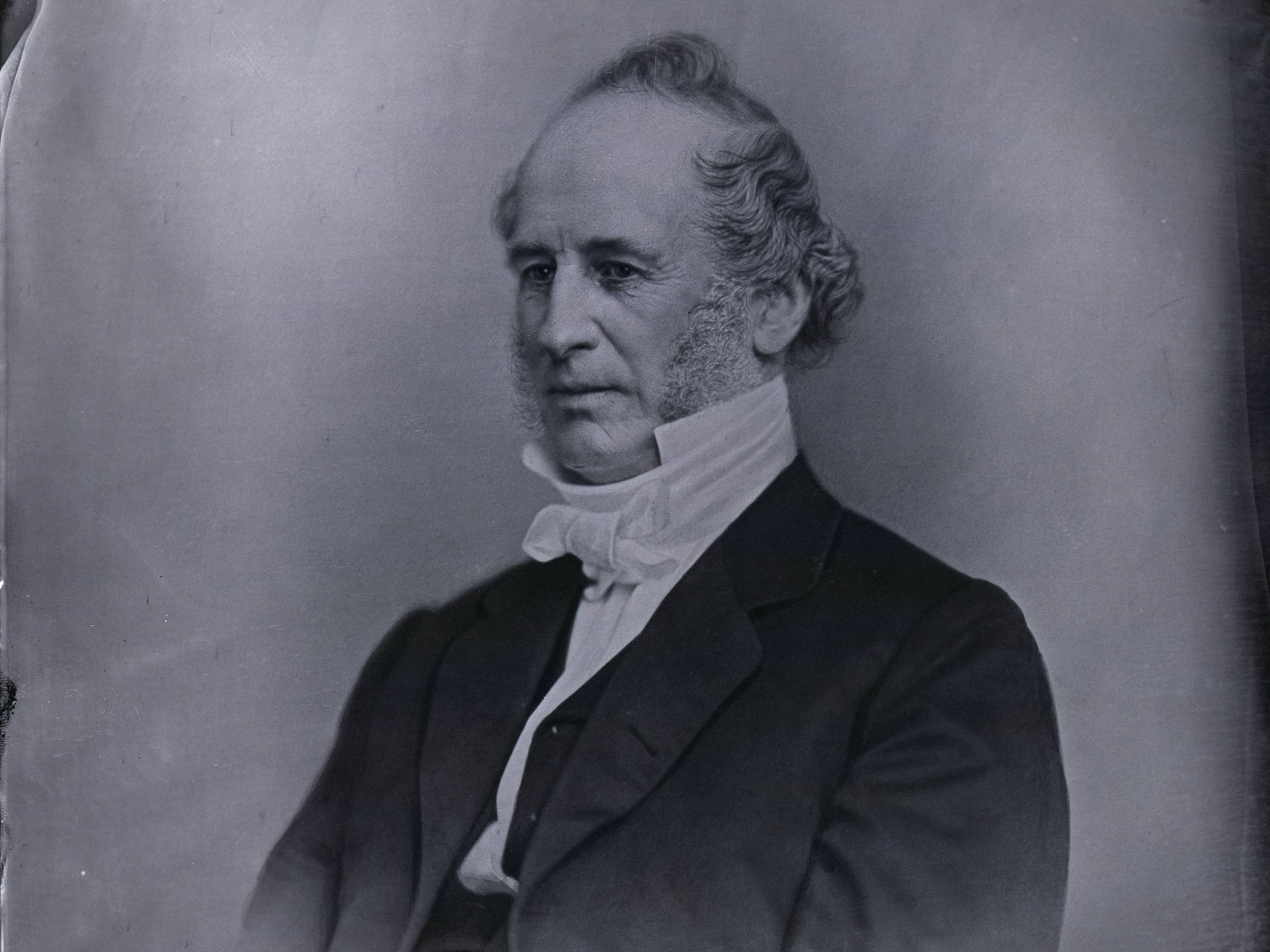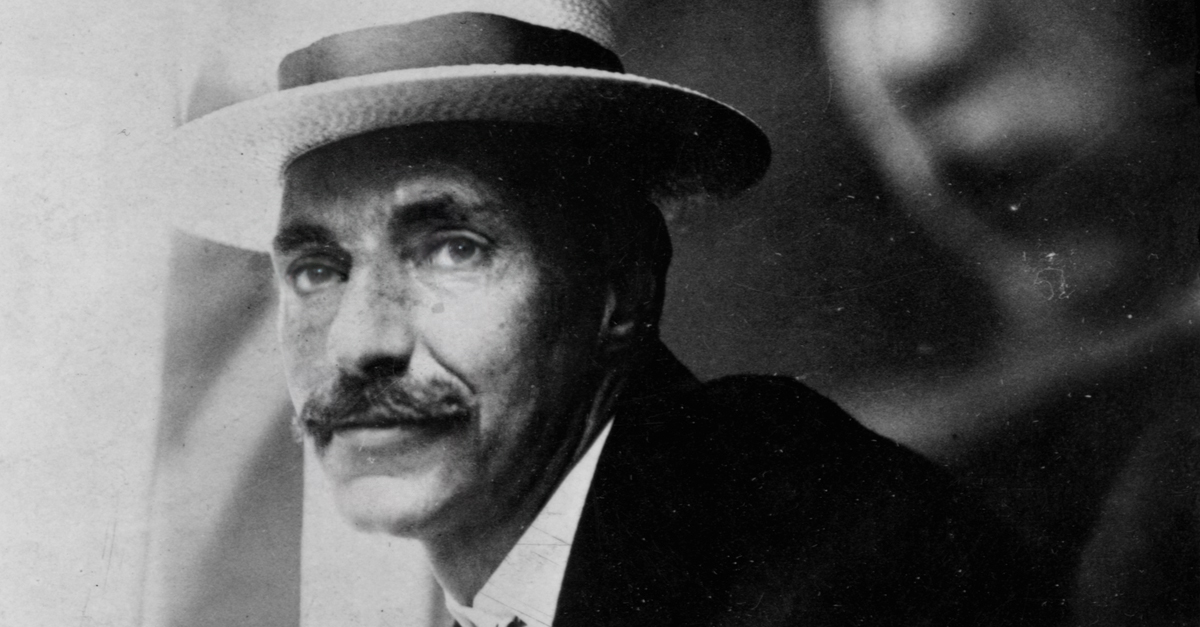They Spent Like Royalty
The Vanderbilts are likely America's closest thing to a royal family—at least, they spent money like one. The money came from Cornelius Vanderbilt, and the lavish spending came from just about anyone carrying the Vanderbilt name.
Watching this family’s dramatic economic decline would be something close to comedy... if it wasn’t so darn tragic.
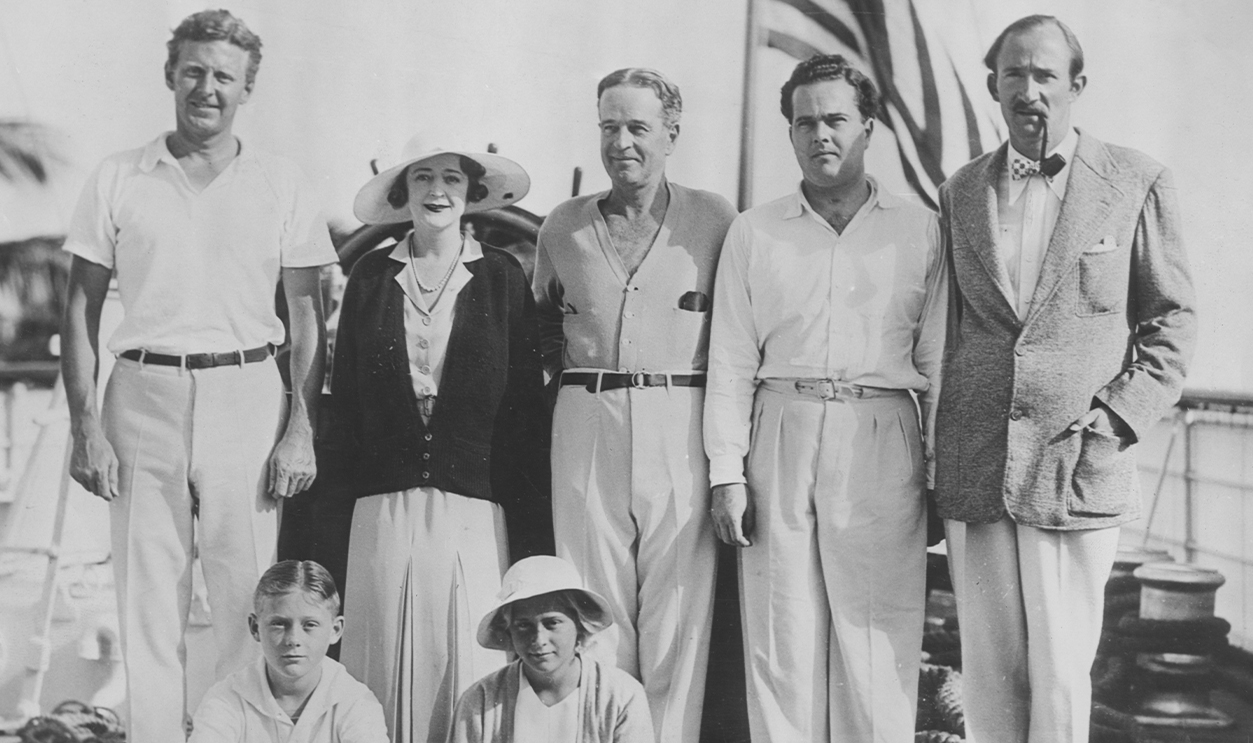
1. They Had Humble Beginnings
Most people don't know the shocking beginnings of the Vanderbilt family. A man named Jan Aertszoon came to America from the Netherlands in 1650. He was a servant and began working for a rich family known as the Van Kouwenhovens. This new life led to a new name. Little did he know, it would become one of the most recognized names in history.
2. His Name Would One Day Be Famous
For his new last name, Jan took the Dutch word "Van" (meaning "from") and combined it with the name of his hometown, "De Bilt". From this, “Vanderbilt” was born. However, it would be a long time before the Vanderbilt family gained its infamous reputation.
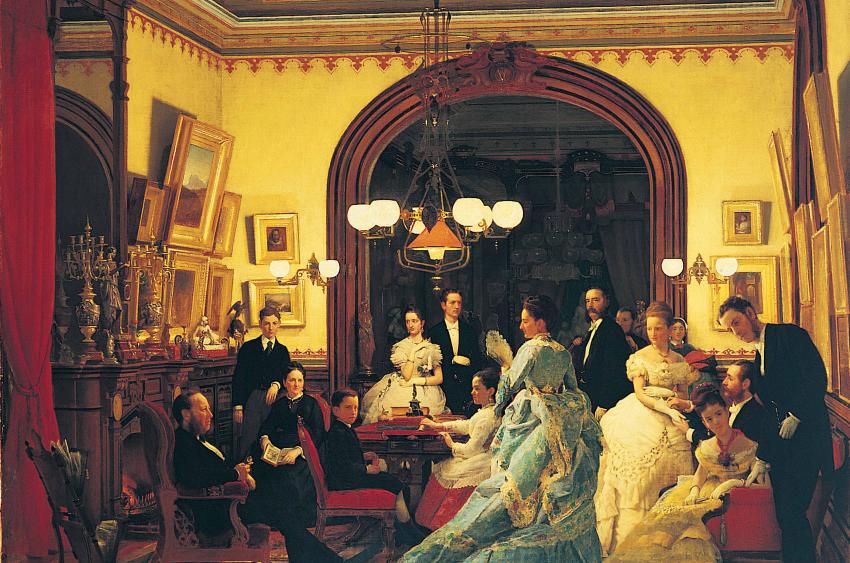 Seymour Joseph Guy, Wikimedia Commons
Seymour Joseph Guy, Wikimedia Commons
3. He Got Rich
It took a while, but Jan’s great-great-great-grandson started to become wealthy. This was Cornelius Vanderbilt, and he rose up from a lower-class existence on Staten Island and became rich in the shipping and railroad industries. Soon, it was time to move to greener pastures.
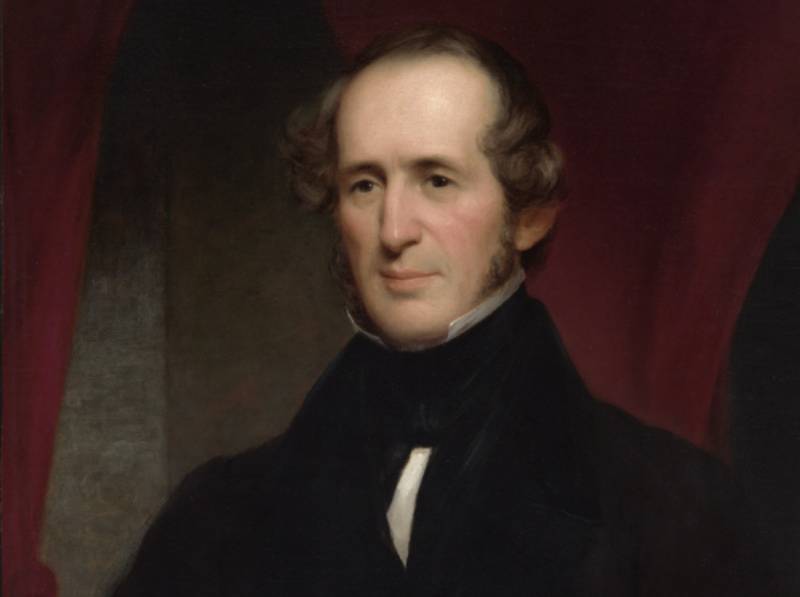 Nathaniel Jocelyn, Wikimedia Commons
Nathaniel Jocelyn, Wikimedia Commons
4. They Changed Islands
Staten Island was not quite posh enough for the Vanderbilts, so Cornelius—by this time known as “the Commodore”—looked elsewhere. Around the middle of the 1800s, he moved the family to Manhattan and built a house right on Washington Place. This area is now the affluent Greenwich Village where the kids from TV’s Friends hung out.
Sadly, the Commodore didn’t have much time left.
 Mathew Brady's studio, Wikimedia Commons
Mathew Brady's studio, Wikimedia Commons
5. He Had A Fortune
By 1877, the sickly Commodore found himself restricted by his own ailment—for eight months, he rarely left his house. When it was time to say goodbye to his time on earth, he looked back at his stunning accomplishments. He'd amassed over $100 million, which in today’s money would be over $3 billion.
However, before he passed, he had some important decisions to make. The most pressing question? What in the world was he going to do with all of his riches?
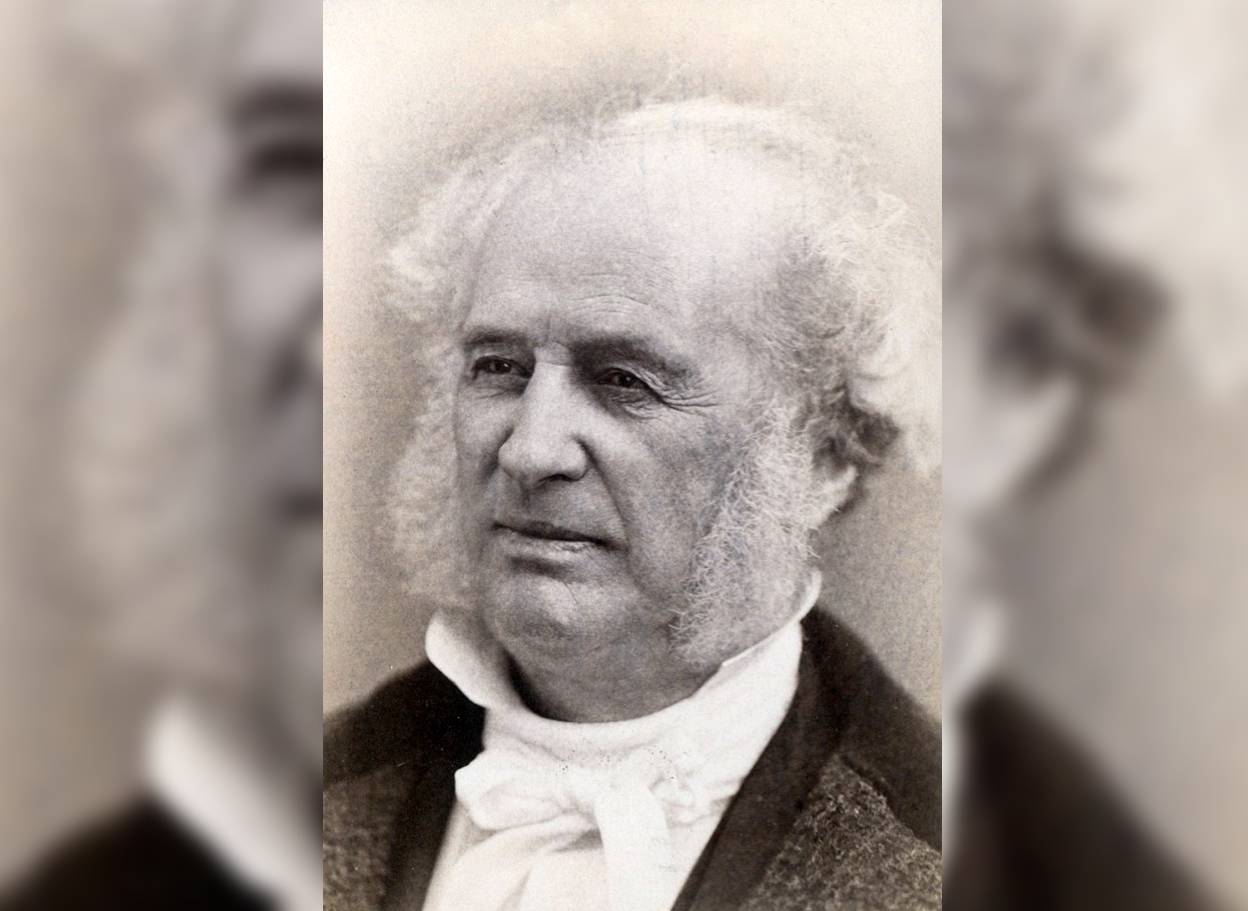 Howell & Meyer, Wikimedia Commons
Howell & Meyer, Wikimedia Commons
6. He Started A School
The Commodore first handed over $1 million to build a school called Vanderbilt University, which is in Nashville. Next, he had to decide how to divvy up the rest between his rather large collection of potential heirs. When they finally read the will, they likely uttered a collective gasp.
 Unknown Author, Wikimedia Commons
Unknown Author, Wikimedia Commons
7. He Shocked Them All
The Commodore shocked everyone by leaving almost everything to just one of his heirs. This was his eldest son William Henry Vanderbilt, also known as Billy. Not surprisingly, the rest of the family was furious—and, more than that, suspicious. After all, there was another son and nine daughters who received next to nothing.
They were not going to take this lying down.
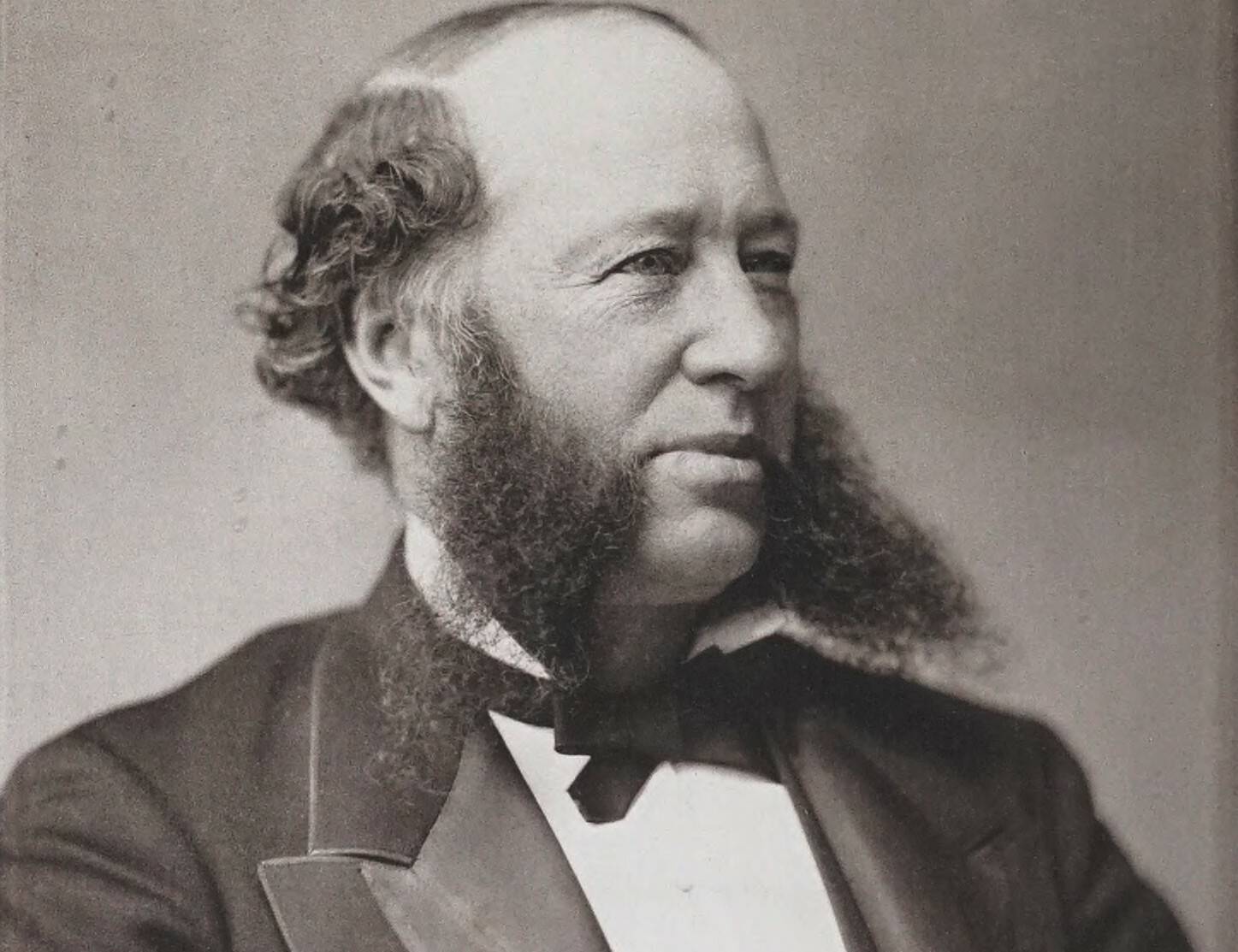 Edward Bierstadt, Wikimedia Commons
Edward Bierstadt, Wikimedia Commons
8. There Was A Ghost
Three of Billy’s siblings went to court with a complaint about the will. They said that Billy had hired a “spiritualist” who went into trances, summoned the spirit of the Commodore’s deceased wife, and told the patriarch that all his money should go to Billy.
This was about to get very embarrassing.
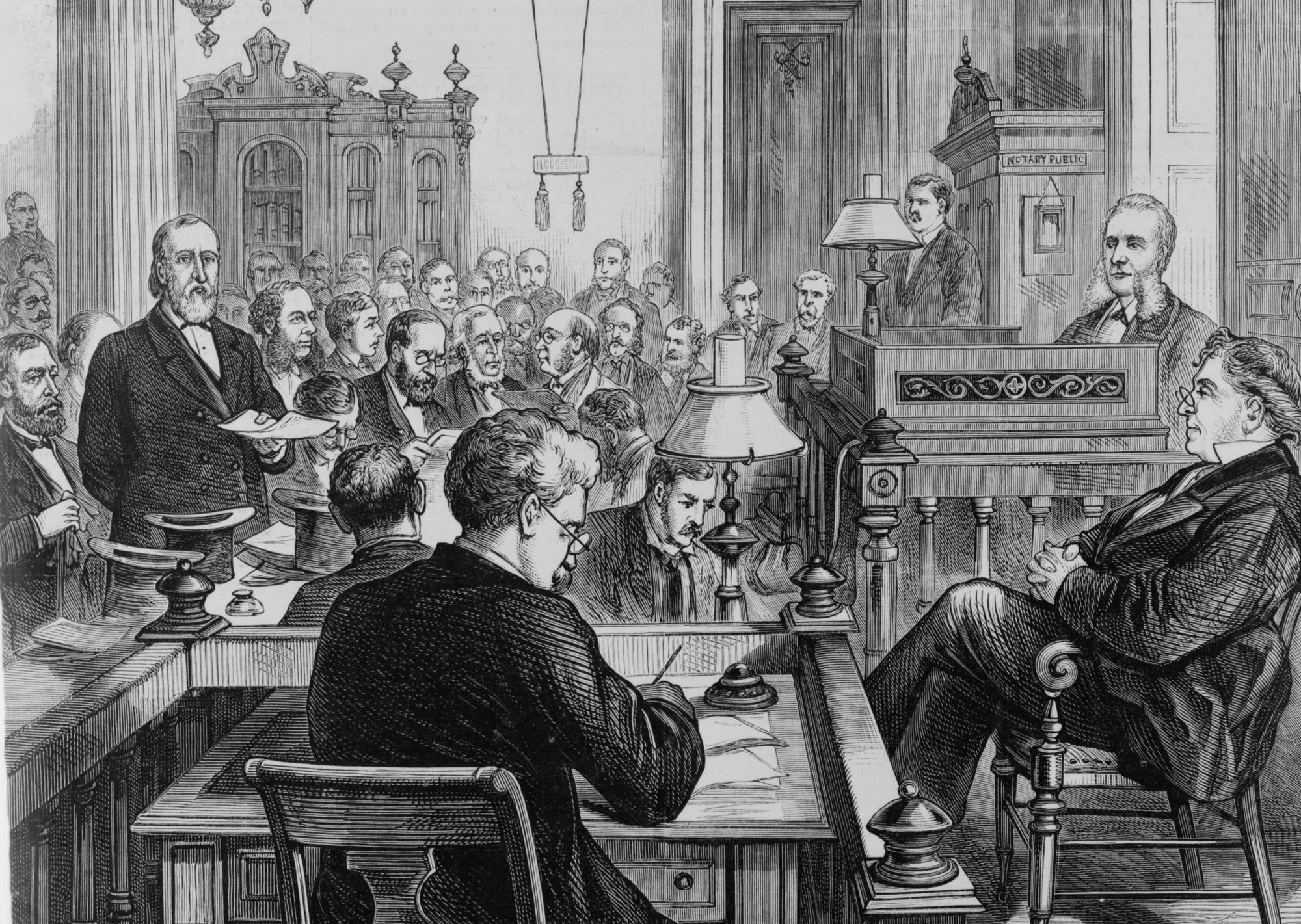 Frank Leslie's Illustrated Newspaper, Wikimedia Commons
Frank Leslie's Illustrated Newspaper, Wikimedia Commons

History's most fascinating stories and darkest secrets, delivered to your inbox daily.
9. He Settled
Billy wanted to spare his family the public humiliation of a trial, so he settled with his siblings, although he didn’t offer them very much. Billy and his children had the lion’s share of the fortune. It seemed as though he had the world at his fingertips—but it wasn't long before tragedy struck.
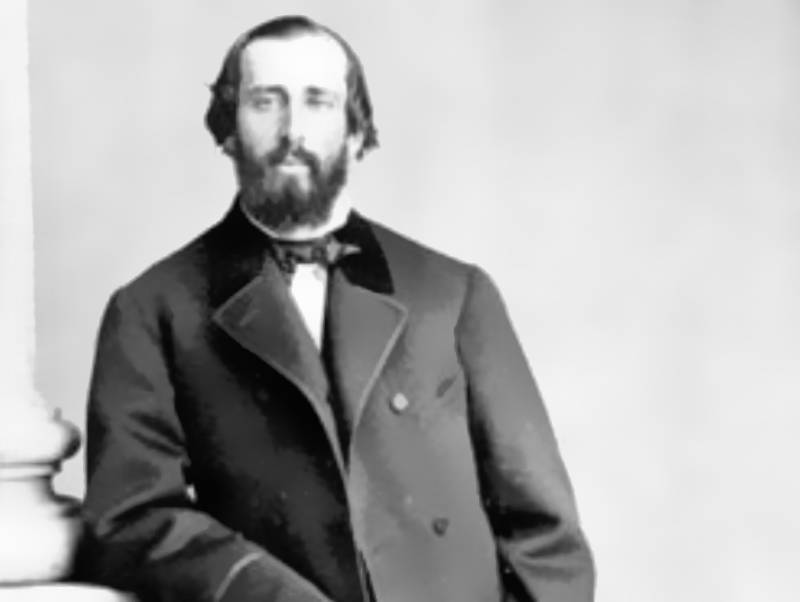 Unknown Author, Wikimedia Commons
Unknown Author, Wikimedia Commons
10. It Grew
As it turned out, Billy had precious little time to enjoy his grand inheritance. In 1885—just eight years after his father—Billy passed due to a stroke. The remarkable thing was that in that short time, he had doubled the money that his father had left him.
Billy would be one of the last Vanderbilt’s to increase the family fortune. However, there was a sad twist behind his glittering riches.
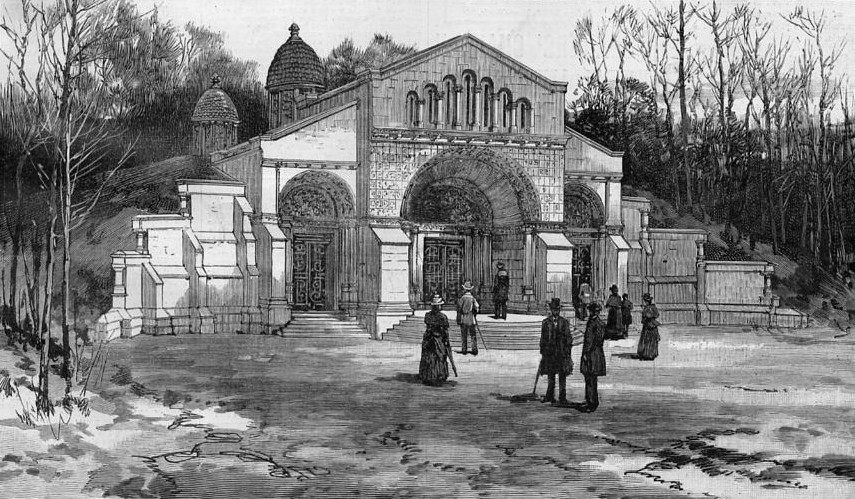 Charles Graham, Wikimedia Commons
Charles Graham, Wikimedia Commons
11. Money Made Him Unhappy
Billy was good at amassing money, but he had little need for it. He often said that money made him anxious. He blamed his poor health on money and was prone to looking at his poorer neighbors and feeling envious. For this reason, he decided to divide up what he left for his family.
Little did he know, his kids were destined to run through their inheritances like water.
12. He Was Generous
Most of Billy’s fortune went to his two oldest sons. First, there was Cornelius Vanderbilt II, who did not increase the wealth of the family due to his great generosity. Then, there was the second son, William Kissam Vanderbilt I, who was more interested in horses than amassing a fortune. But that wasn't all.
The thing about William was that his wife was more than a handful.
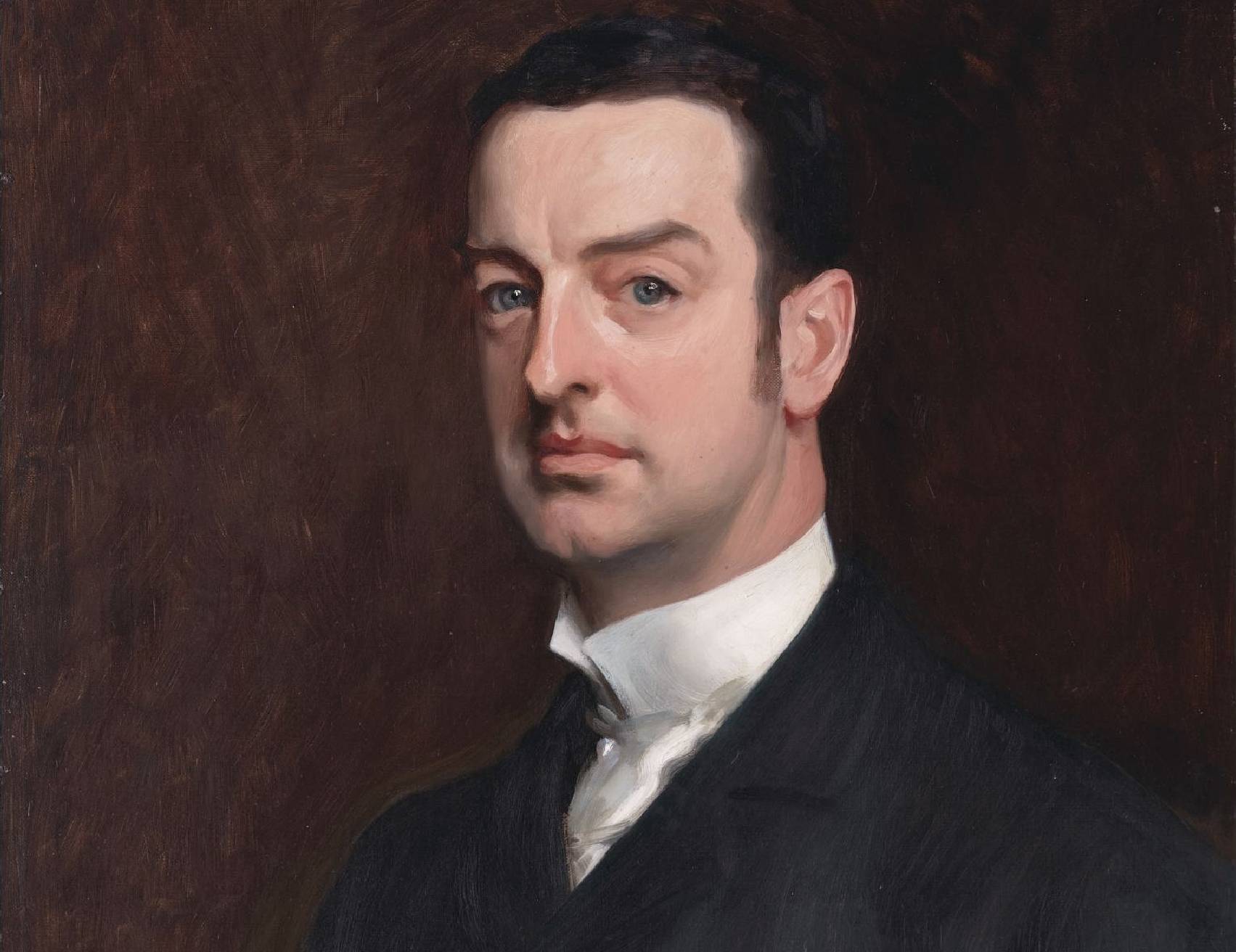 John Singer Sargent, Wikimedia Commons
John Singer Sargent, Wikimedia Commons
13. She Was A Gold Digger
In 1875, William married Alva Erksine Smith, who many thought was simply out for his money. You see, Alva’s own family money had disappeared, and she needed someone to latch onto for financial support. After all, Alva was an absolute expert on one thing—letting money run through her fingers.
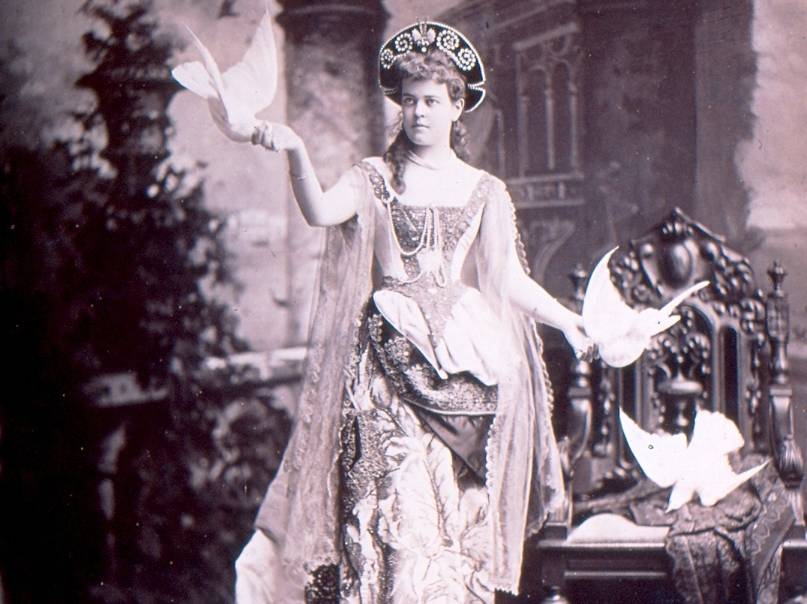 José María Mora, Wikimedia Commons
José María Mora, Wikimedia Commons
14. She Was A Collector
Alva had extravagant taste, and she even had her husband buy her yachts—yes, that’s plural. She also enjoyed collecting mansions, so much so that she eventually boasted nine of them. But this wasn’t enough for Alva. She wanted something that money couldn’t buy.
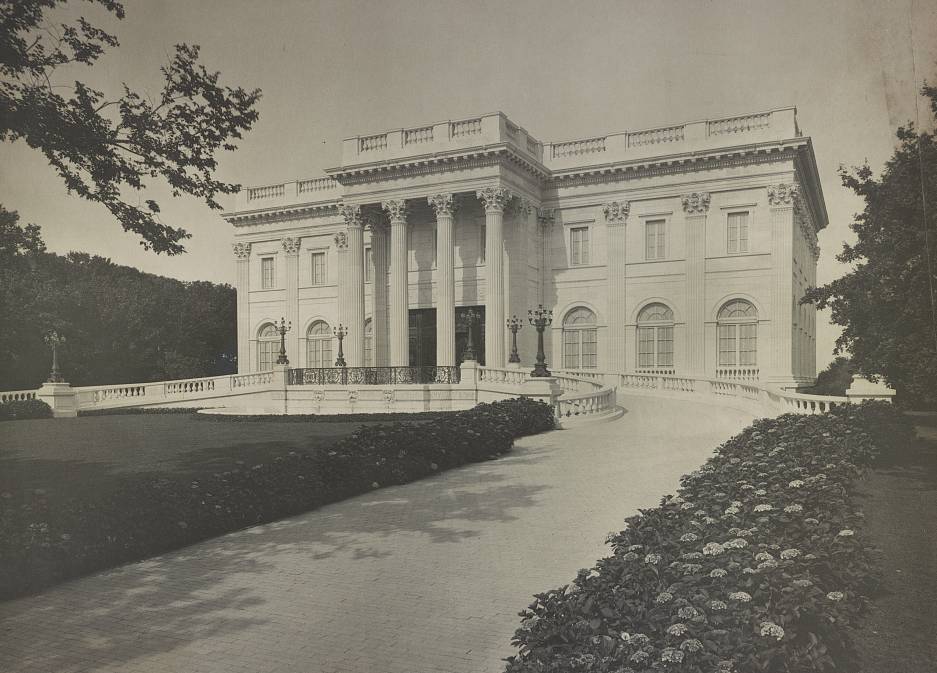 Frank H. Child, Wikimedia Commons
Frank H. Child, Wikimedia Commons
15. They Were On The Outside
At this time, New York high society was quite snobbish, and they didn’t accept the Vanderbilts because they came from new money—their fortunes not strictly accumulated through inheritance. This was a thorn in Alva’s side and she needed to fix it.
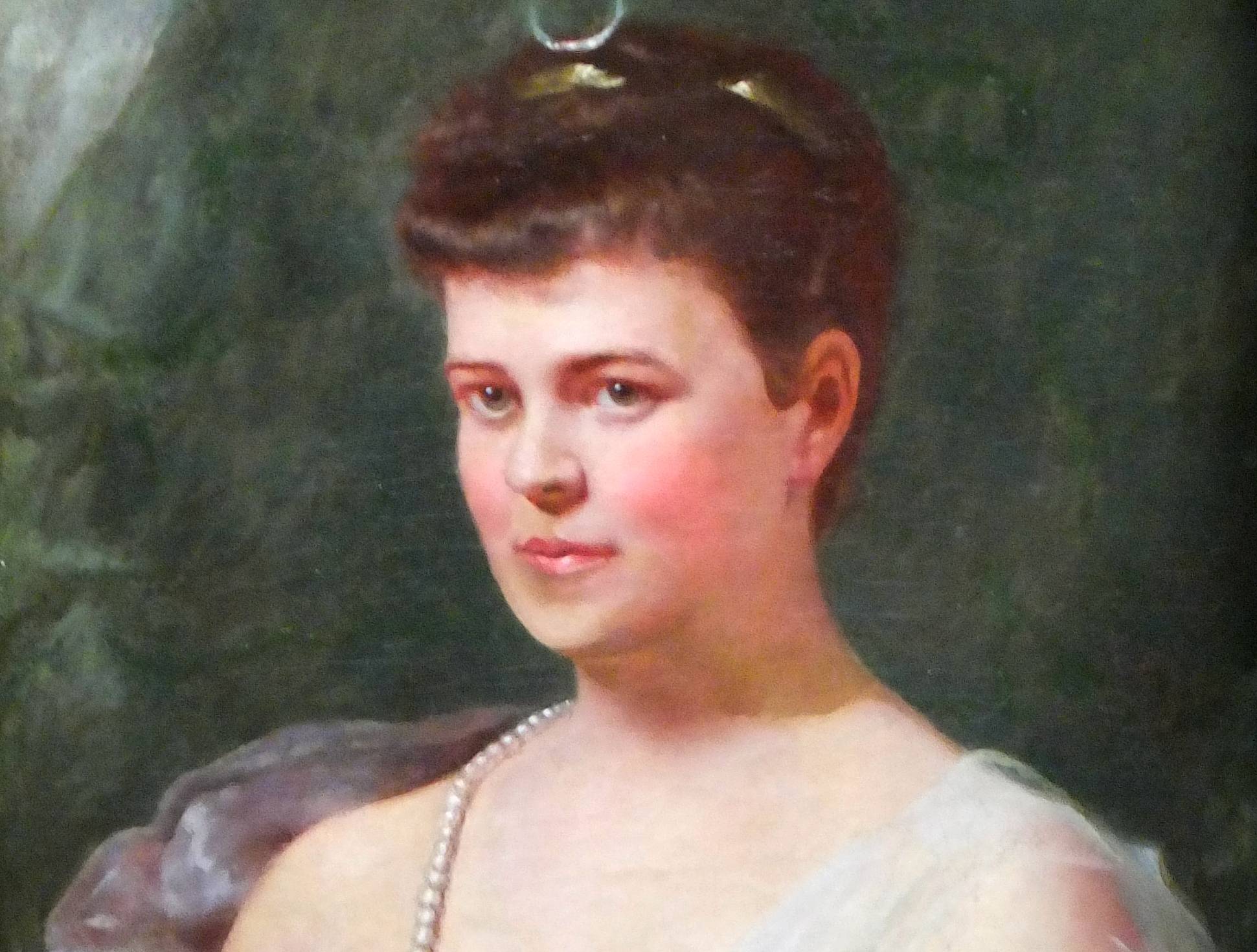 Benjamin Curtis Porter, Wikimedia Commons
Benjamin Curtis Porter, Wikimedia Commons
16. She Spent A Fortune
Alva decided to buy her way into high society through architecture. She spent three years and $3 million building a home. By the way, that would be about $70 million in today’s dollars. Sadly, this did nothing to lift Alva and her husband into high society.
Behind closed doors, however, things were even darker.
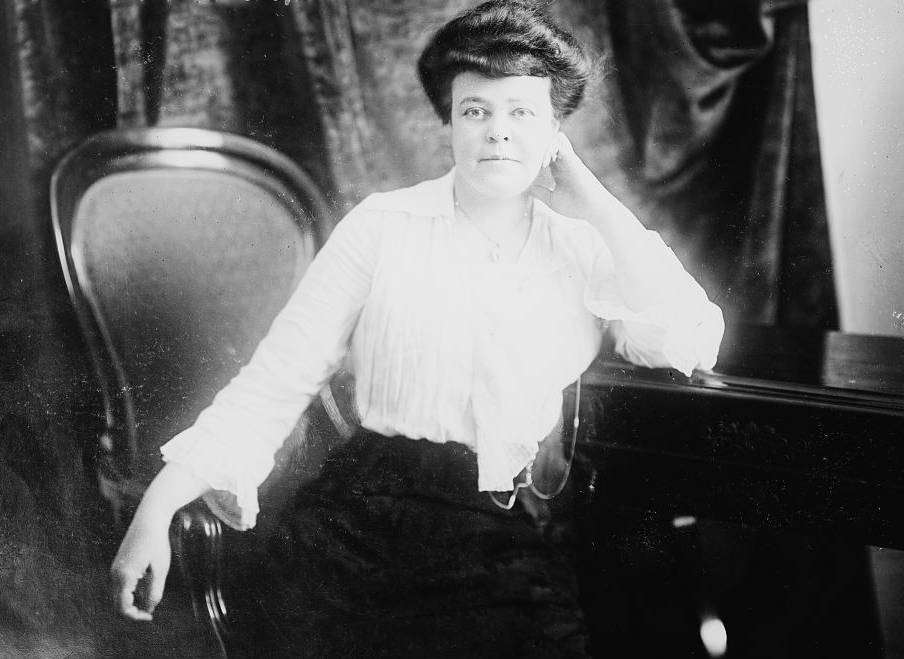 Bain News Service, Wikimedia Commons
Bain News Service, Wikimedia Commons
17. She Was Cruel
By this time, William and Alva had welcomed a daughter, who they named Consuelo. Alva was a strict disciplinarian with Consuelo—and her methods of keeping her in line were downright disturbing.
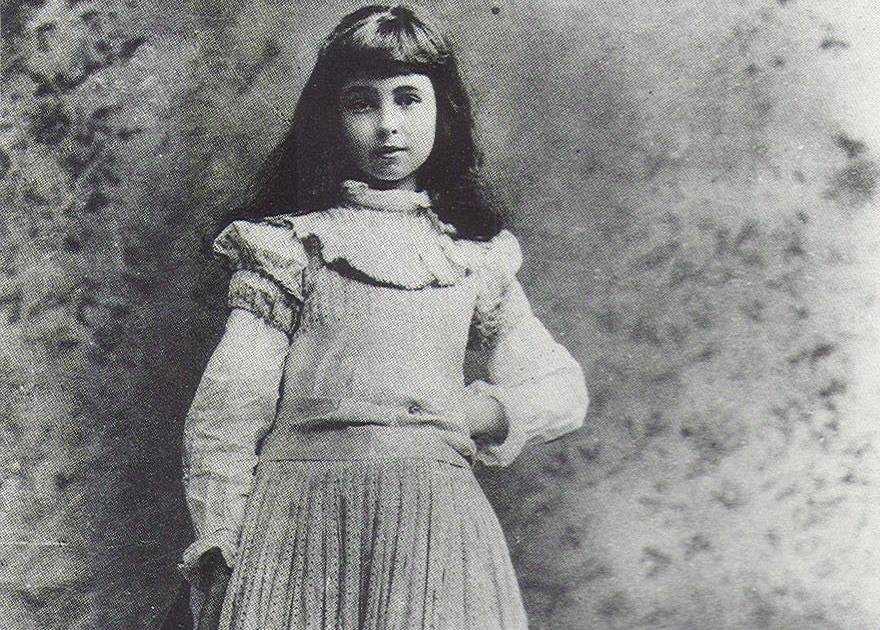 Vanderbilt Cup Races, Wikimedia Commons
Vanderbilt Cup Races, Wikimedia Commons
18. She Was An Awful Mother
Alva went so far as to strike her daughter with a riding crop. But this was just the tip of the iceberg. She also made Consuelo wear a rod made of steel to correct her posture. The thing was, Ava wasn’t very blessed in the looks department, but Consuelo was.
This gave Alva an idea.
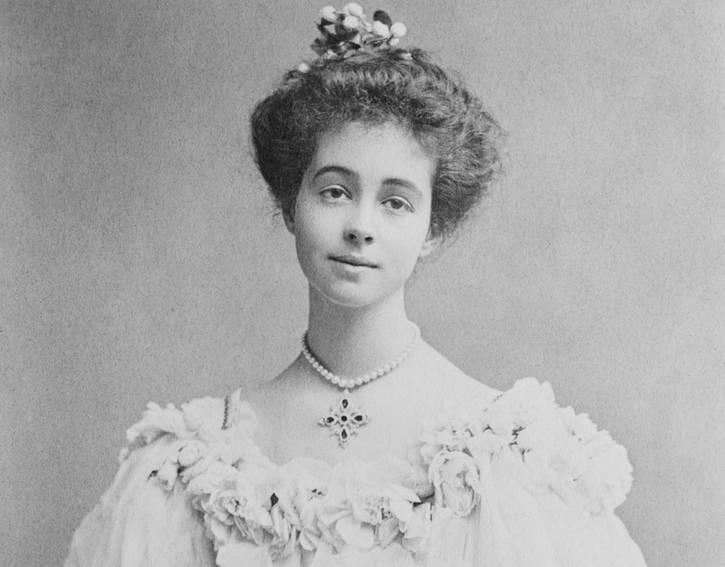 USA Library of Congress Bain collection, Wikimedia Commons
USA Library of Congress Bain collection, Wikimedia Commons
19. She Found Her A Husband
One thing Alva wanted was a regal title. Her idea was to press her daughter into marrying royalty and the opportunity presented itself with Charles Spencer-Churchill who happened to be the Duke of Marlborough at the time. The thing was, the Duke also had ulterior motives.
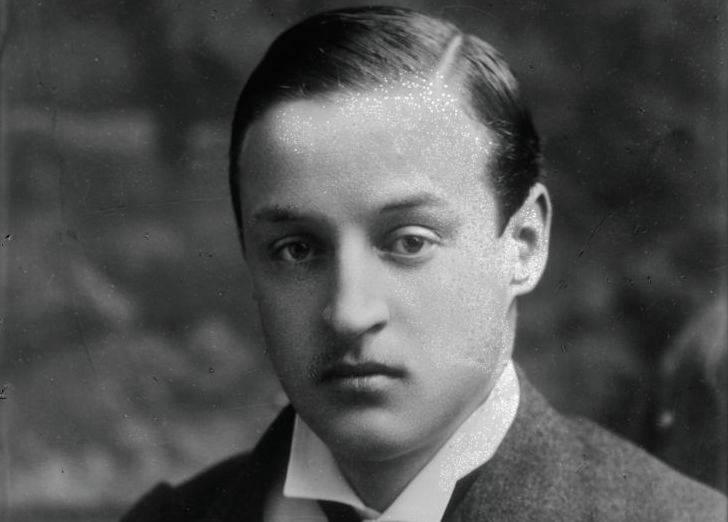 William van der Weyde, Wikimedia Commons
William van der Weyde, Wikimedia Commons
20. It Was A Loveless Marriage
Neither Consuelo nor the Duke wanted to be together, but that didn’t stop the marriage from taking place. With this union, Alva got her connection to royalty, and the Duke got access to the Vanderbilt fortune to save his dukedom from financial ruin. This marriage lasted a surprising 26 years.
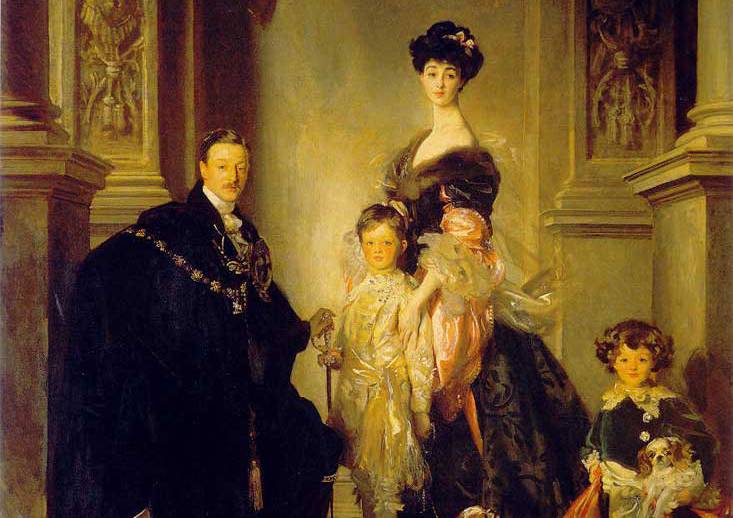 John Singer Sargent, Wikimedia Commons
John Singer Sargent, Wikimedia Commons
21. She Made An Announcement
As if arranging a high-profile marriage for her daughter wasn’t enough, Alva had her own scandal to worry about. Just before Consuelo’s marriage to the Duke of Marlborough, Alva announced that she wanted a divorce from William Vanderbilt. Wait a minute. Wasn’t he the one paying for everything?
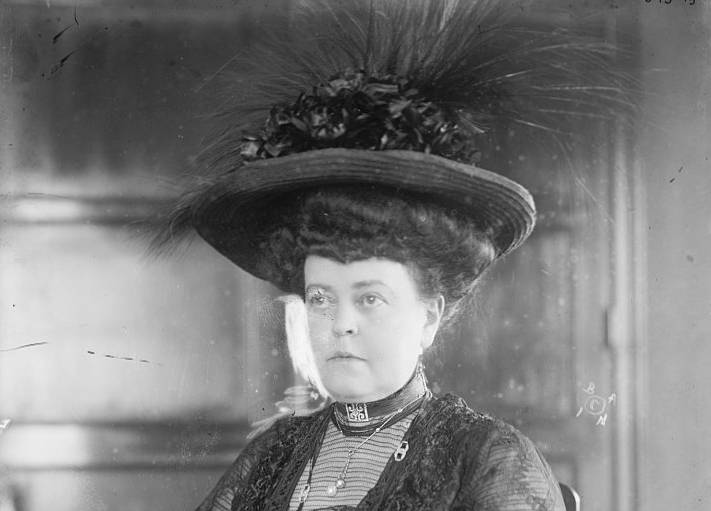 Bain News Service, Wikimedia Commons
Bain News Service, Wikimedia Commons
22. She Risked It All
As it turned out, William had an eye for the ladies, and Alva didn’t like it much. She filed for divorce—unheard of in high society at the time—and did so on the grounds that her husband had cheated on her. But some claim there was more to this story than met the eye.
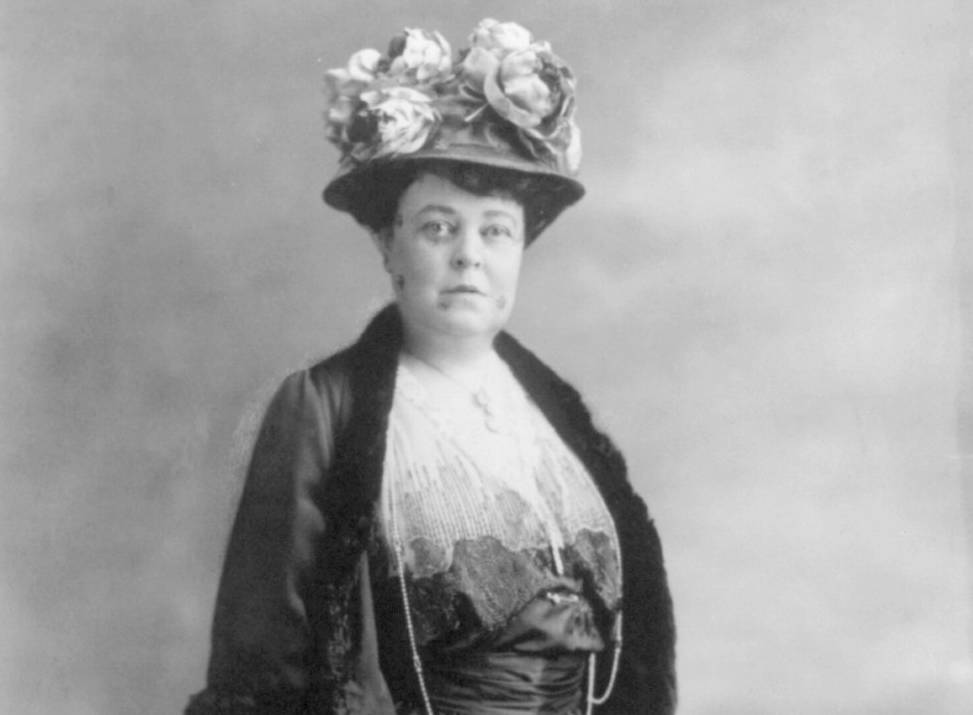 Library of Congress, Wikimedia Commons
Library of Congress, Wikimedia Commons
23. He Wanted Out
Some people believe that William had not committed adultery. Instead, they allege that William hired a woman to act as his mistress. The big question was: Why? Apparently, he thought—quite correctly—it would help him get out of his tumultuous marriage to Alva.
After all, unlike Alva, William's priorities lay in a completely different realm.
24. He Wasn’t Happy
William eventually remarried, and he even moved to France doting on the horses he adored so much. The thing about William was that he didn’t really like money. Reportedly, he later said, "Inherited wealth is a real handicap to happiness... It has left me with nothing to hope for, with nothing definite to seek or strive for".
Well, his younger brother George had no problem spending the Vanderbilt money.
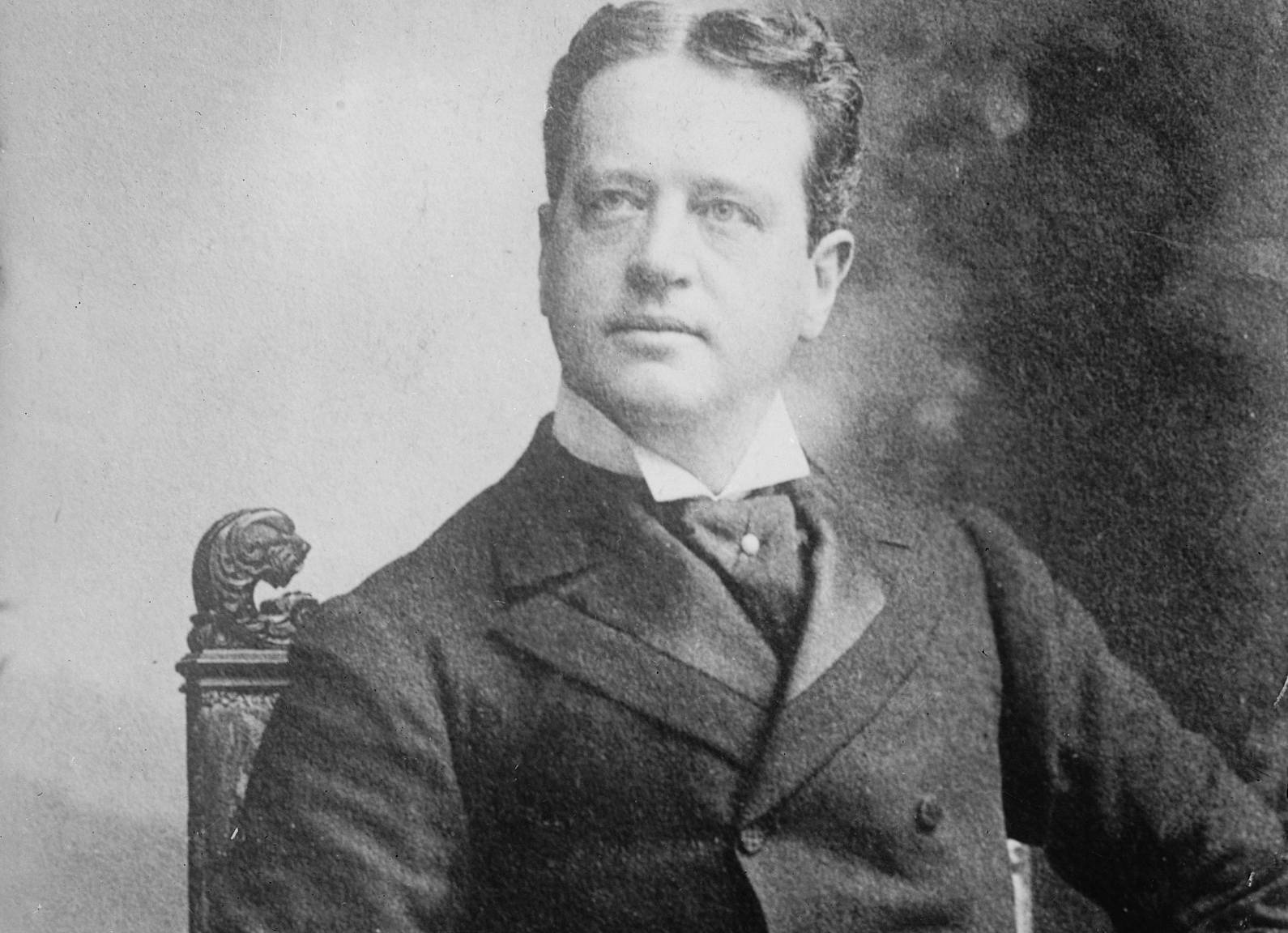 Bain News Service, Wikimedia Commons
Bain News Service, Wikimedia Commons
25. It Was Going Fast
So far, Billy Vanderbilt’s children had not done well with the family fortune. Cornelius II had given too much away, and his brother William was more into horses than amassing a fortune. Then there was the younger brother, George. He had an idea to make a real name for himself—no matter what the cost.
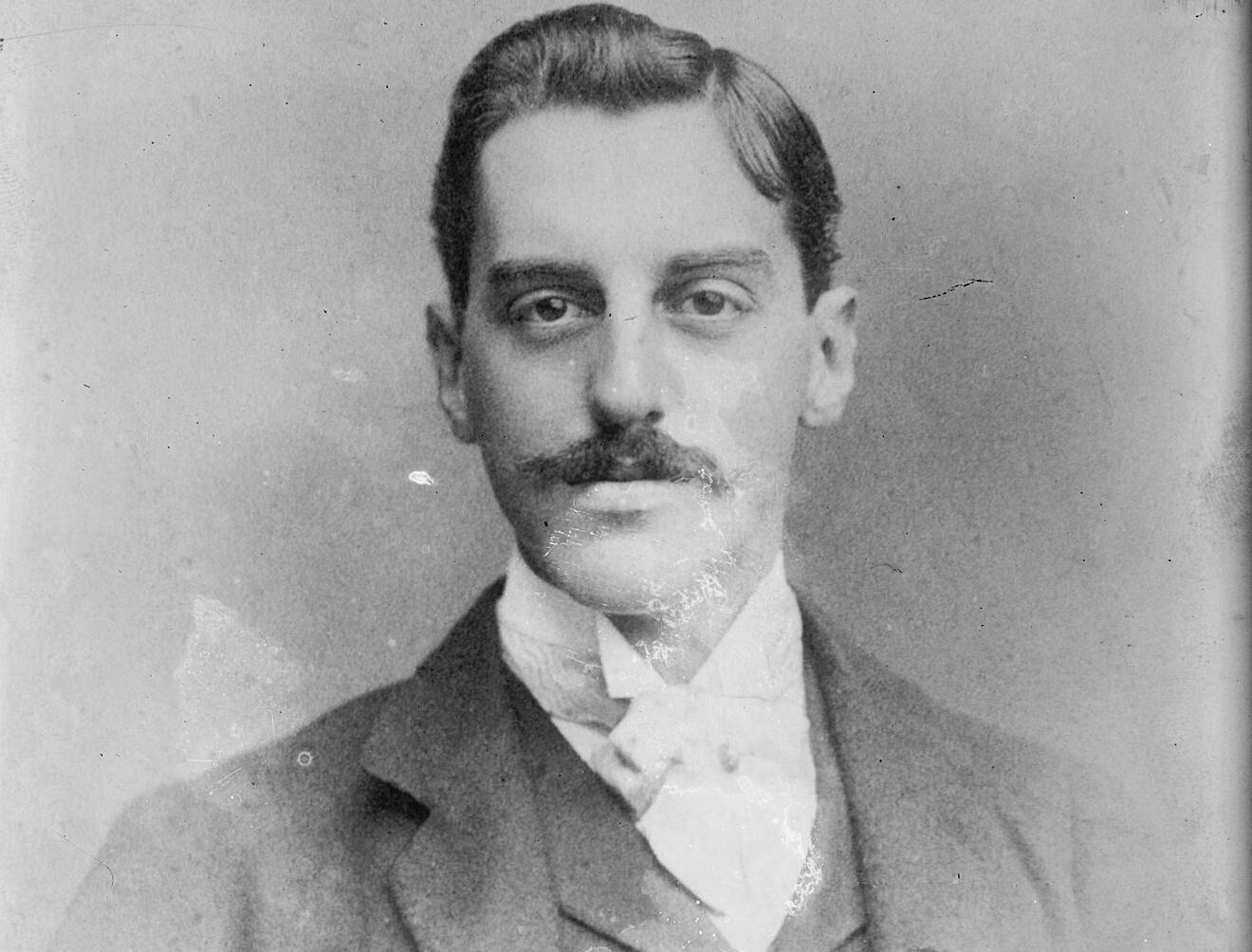 Bain News Service, Wikimedia Commons
Bain News Service, Wikimedia Commons
26. He Wanted A Big One
George Washington Vanderbilt II wanted a big house—a really big one. He chose 51,000 hectares (125,000 acres) in North Carolina and hired an architect. He wanted a house with 250 rooms covering over 16,000 square meters (175,856 sq ft). Therefore, it's no surprise that the Biltmore Estate remains, to this day, the largest house in America.
But there was a problem.
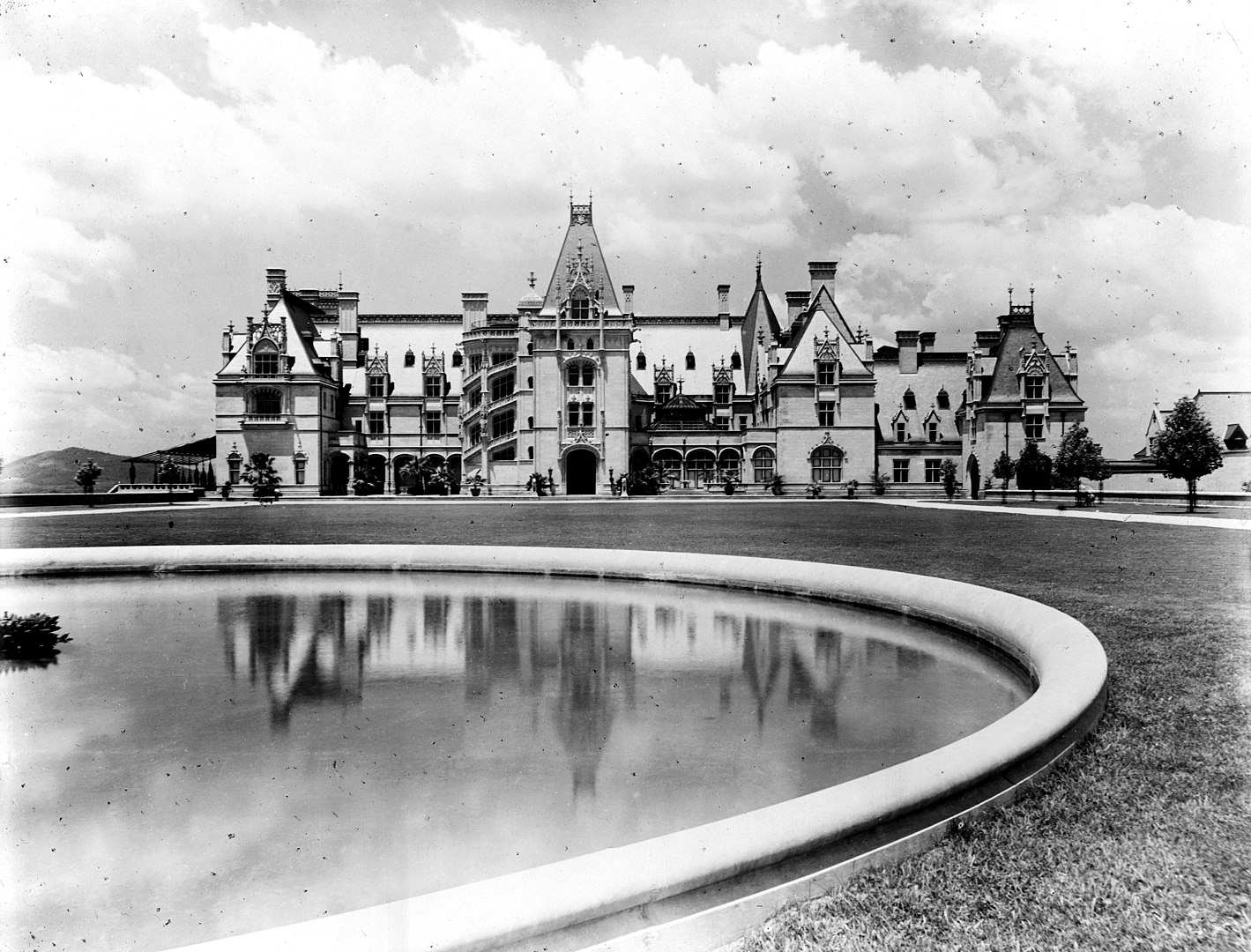 John H. Tarbell, Wikimedia Commons
John H. Tarbell, Wikimedia Commons
27. It Cost An Arm And A Leg
Building a house of this magnitude made a deep cut into the Vanderbilt fortune—and maintaining it wasn’t cheap either. After all, it had a swimming pool and a private bowling alley. When the government came up with this great idea called “income tax," it all became too much.
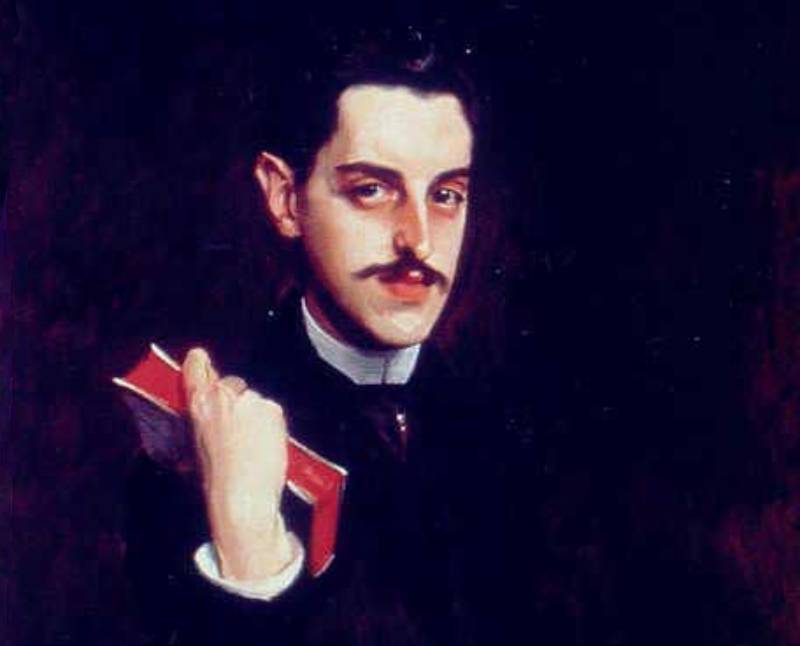 John Singer Sargent, Wikimedia Commons
John Singer Sargent, Wikimedia Commons
28. They Were In Over Their Heads
George and his wife Edith were in over their heads with this massive mansion—but to make matters worse, their lives took a tragic turn in 1914. When George went to the hospital for an appendectomy, Edith had no idea that her life would change forever.
 William Henry Jackson, Wikimedia Commons
William Henry Jackson, Wikimedia Commons
29. It Was Up To Her
10 days after doctors removed George’s appendix, he passed. Suddenly Edith had this monumental house all to herself—including the financial responsibility. She continued what her husband had already put into action: selling pieces of the land to make ends meet. For instance, she sold things like the entire village of Biltmore. But this was only the beginning.
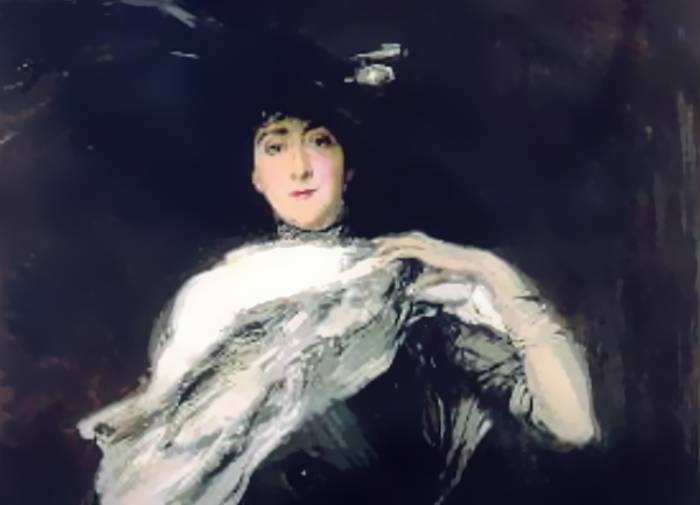 Giovanni Boldini, Wikimedia Commons
Giovanni Boldini, Wikimedia Commons
30. They Opened The Doors
Eventually, the family had to do something that most Vanderbilt’s would have turned their noses up at. Edith's daughter Cornelia opened Biltmore Estate to the public in 1930. This allowed just about anyone to take a look at the life of the Vanderbilts. Today, the estate has a luxury hotel, an inn, restaurants, shops, and a winery.
 Blake Lewis, CC BY-SA 2.0, Wikimedia Commons
Blake Lewis, CC BY-SA 2.0, Wikimedia Commons
31. She Gave It Away
Another Vanderbilt with a lavish home was Gladys Vanderbilt. In 1934, she inherited a summer residence called The Breakers. This was no summer cottage as it had 70 rooms and covered over 12,000 square meters (138,300 square feet). So, what did Gladys do with The Breakers? She eventually began leasing it out to a Preservation Society for $1 per year.
However, compared to her brother, Gladys was a downright saint.
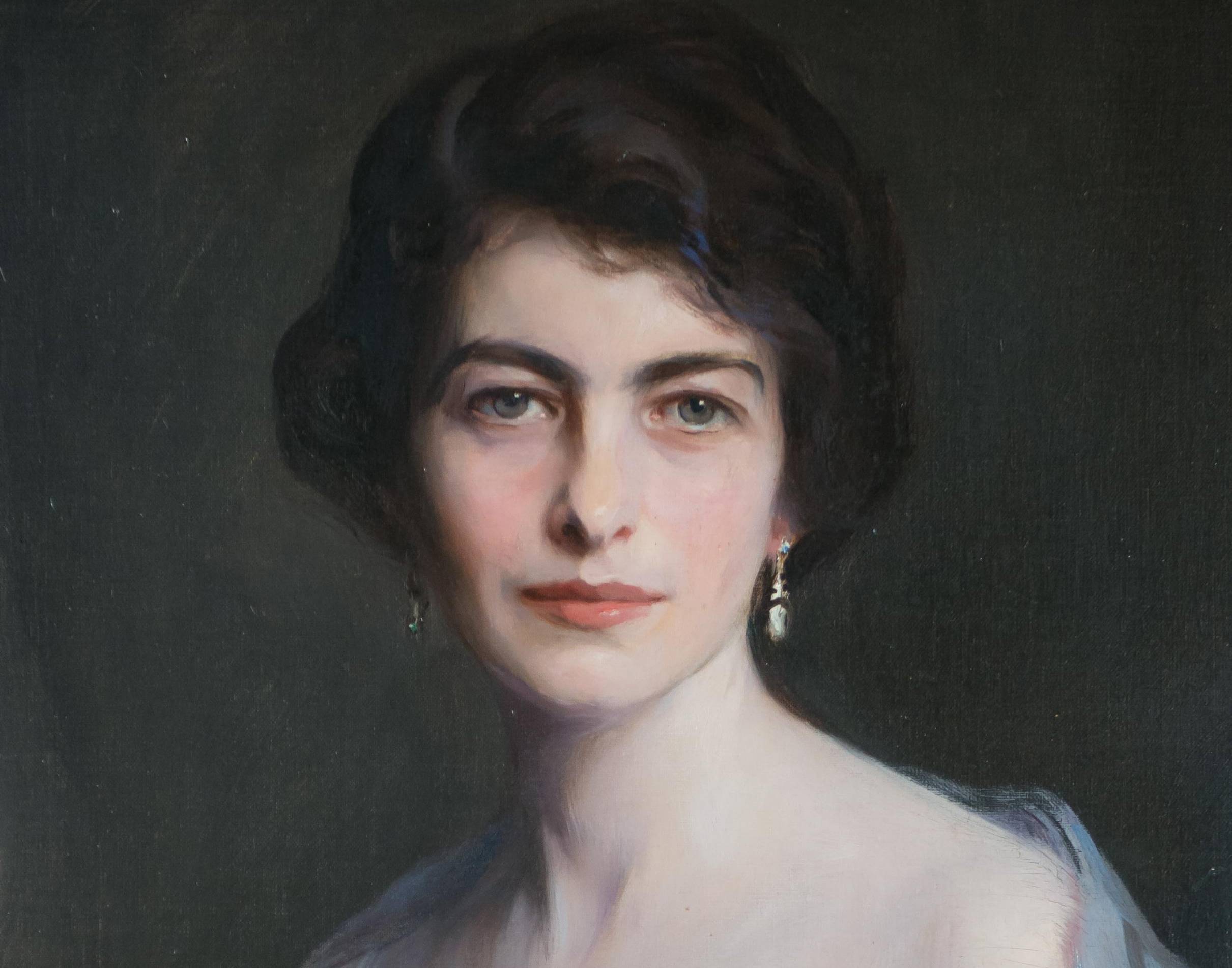 Philip de László, Wikimedia Commons
Philip de László, Wikimedia Commons
32. He Gambled It Away
Gladys’s brother was Reginald Claypoole Vanderbilt. His friends called him Reggie, and he attended the prestigious Yale University but somehow forgot to graduate. Reggie had a reputation for gambling away the family fortune. But that wasn't his only vice. He was also a notorious womanizer.
His brother was not any better.
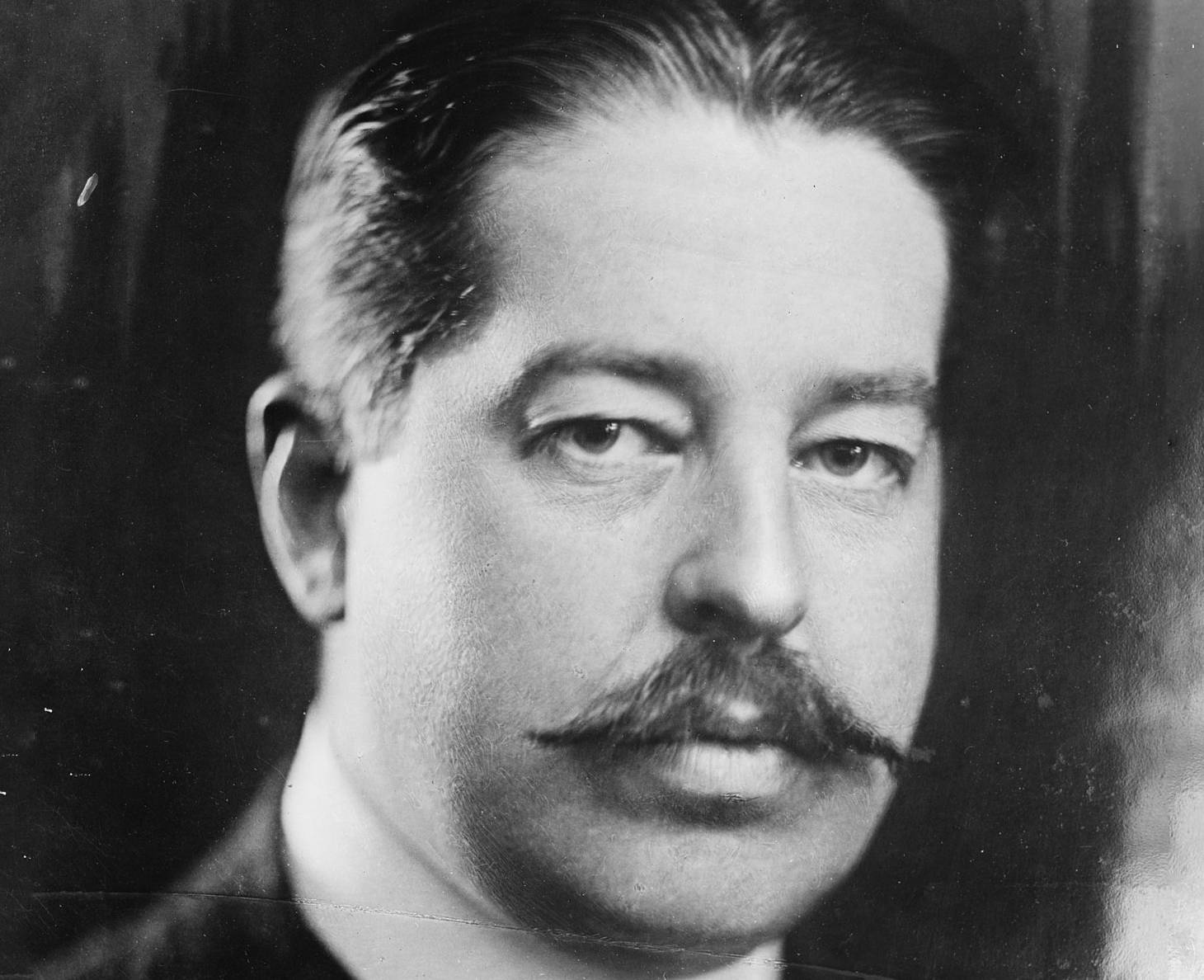 Bain News Service, Wikimedia Commons
Bain News Service, Wikimedia Commons
33. He Spent Heaps
Reggie had a brother named Cornelius Vanderbilt III who went by Neily. Neily spent heaps of money just trying to keep up appearances in high society. Neily bragged that he was the first heir of the Vanderbilt fortune to decrease the family fortune. But spending money wasn’t Neily’s only offense against his family.
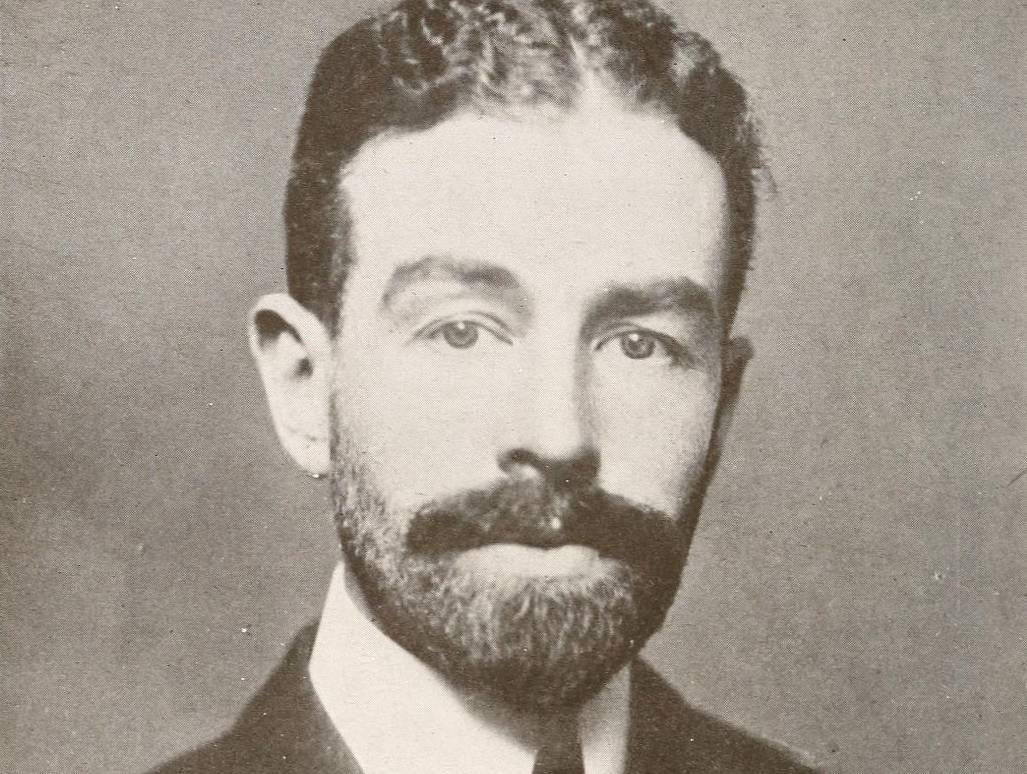 Bertie Charles Forbes, Wikimedia Commons
Bertie Charles Forbes, Wikimedia Commons
34. They Did It In Secret
In 1896, Neily fell in love with Grace Graham Wilson. For some reason, Neily's parents were against the relationship, so Neily packed up his girlfriend and they eloped. This made his parents so angry that they threatened to cut him out of his inheritance.
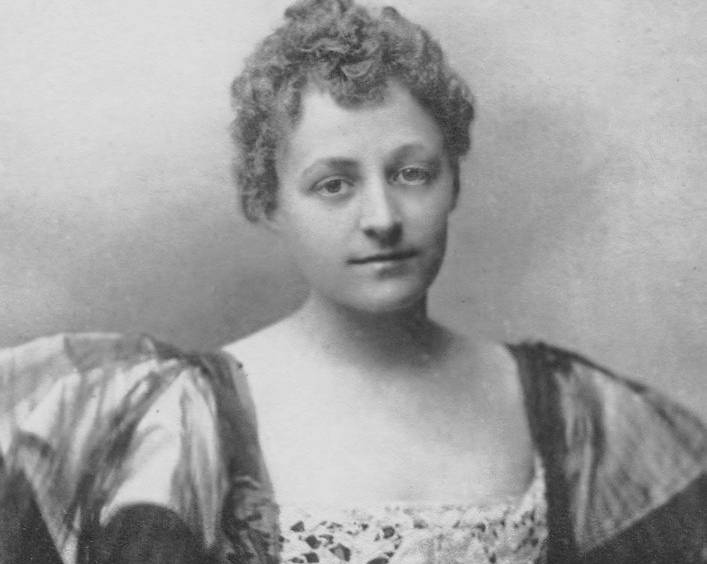 Unknown Author, Wikimedia Commons
Unknown Author, Wikimedia Commons
35. He Got Stiffed
When it was time for his inheritance, surely Neily wondered whether his father would genuinely follow through on his threat. Well, Neily did receive half a million dollars, but that was nothing compared to his brother Alfred’s almost $70 million. Now Alfred had all the money.
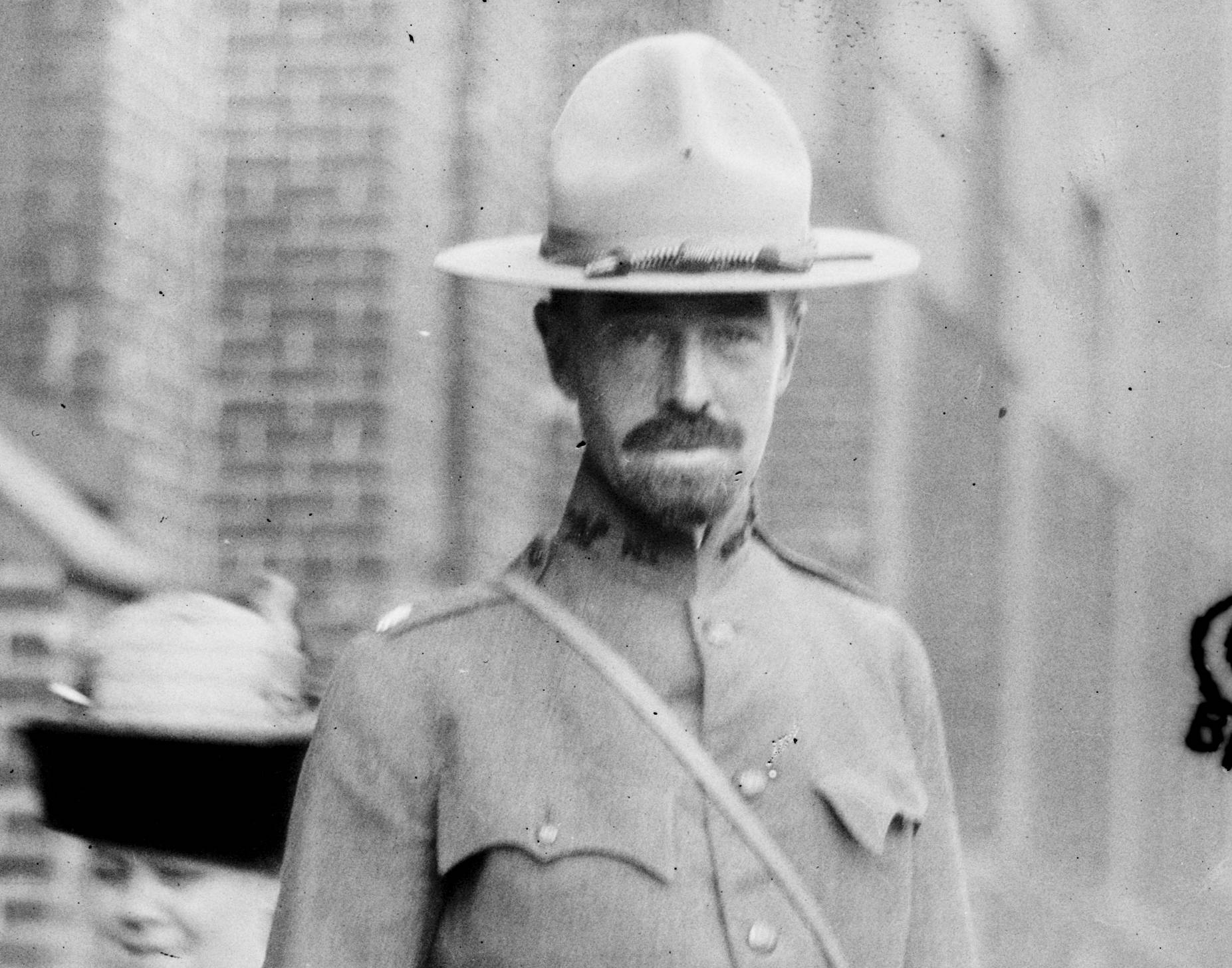 Bain News Service, Wikimedia Commons
Bain News Service, Wikimedia Commons
36. He Wasn’t A Good Husband
Alfred Gwynne Vanderbilt seemed to have a good head on his shoulders except when it came to marriage. Seven years into his marriage to Ellen Tuck French, Ellen abruptly moved out of their home. The reason she gave was scandalous.
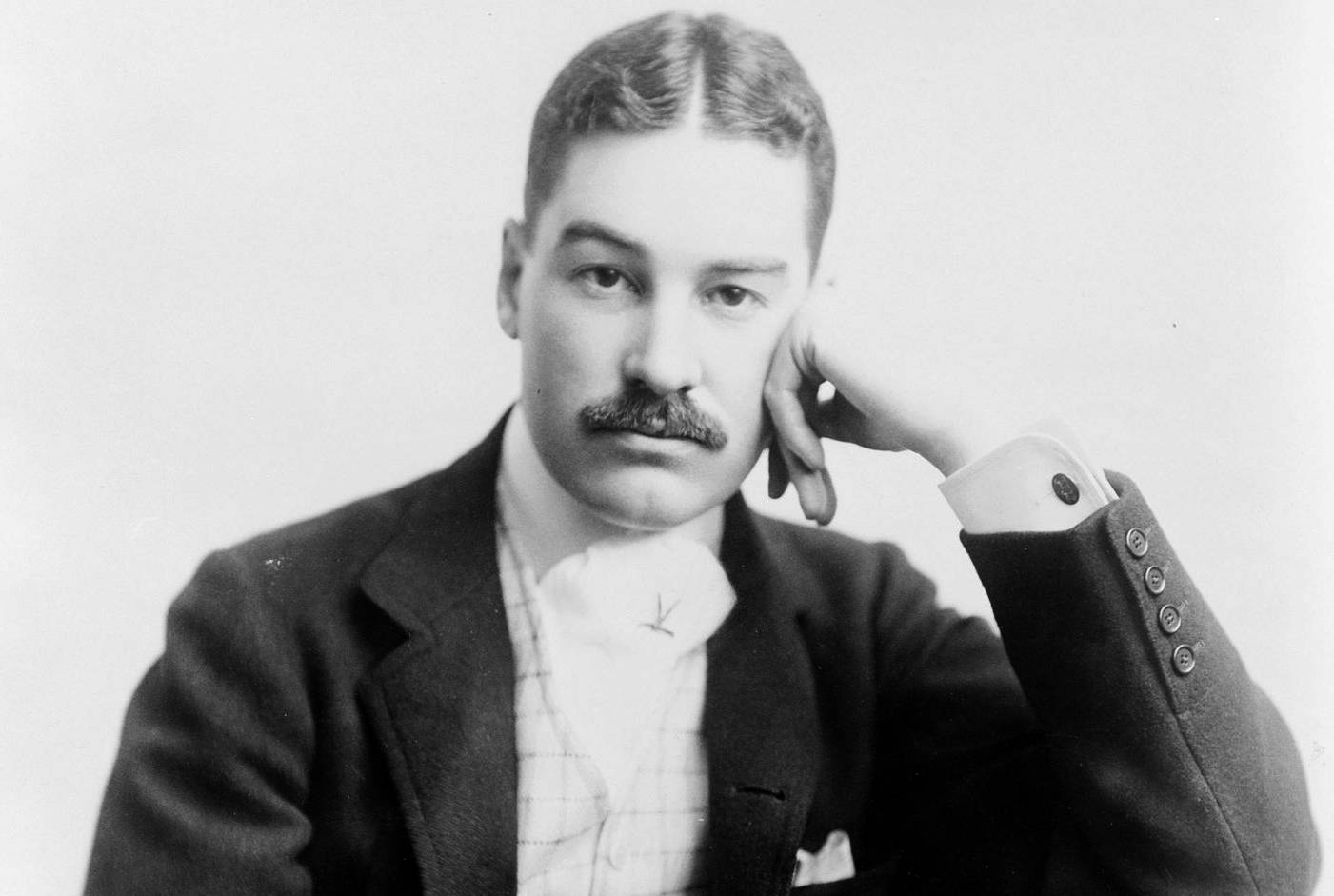 Library of Congress, Wikimedia Commons
Library of Congress, Wikimedia Commons
37. She Was Already Married
Alfred’s wife Ellen wanted a divorce, and her reason was that her husband had been having an affair. He allegedly had a passionate tryst with Agnes O’Brien Ruiz, who was married to the attaché from Cuba. This scandal disturbed Ruiz so significantly that she tragically took her own life in 1909.
While he seemed like a cad, Alfred eventually became a hero.
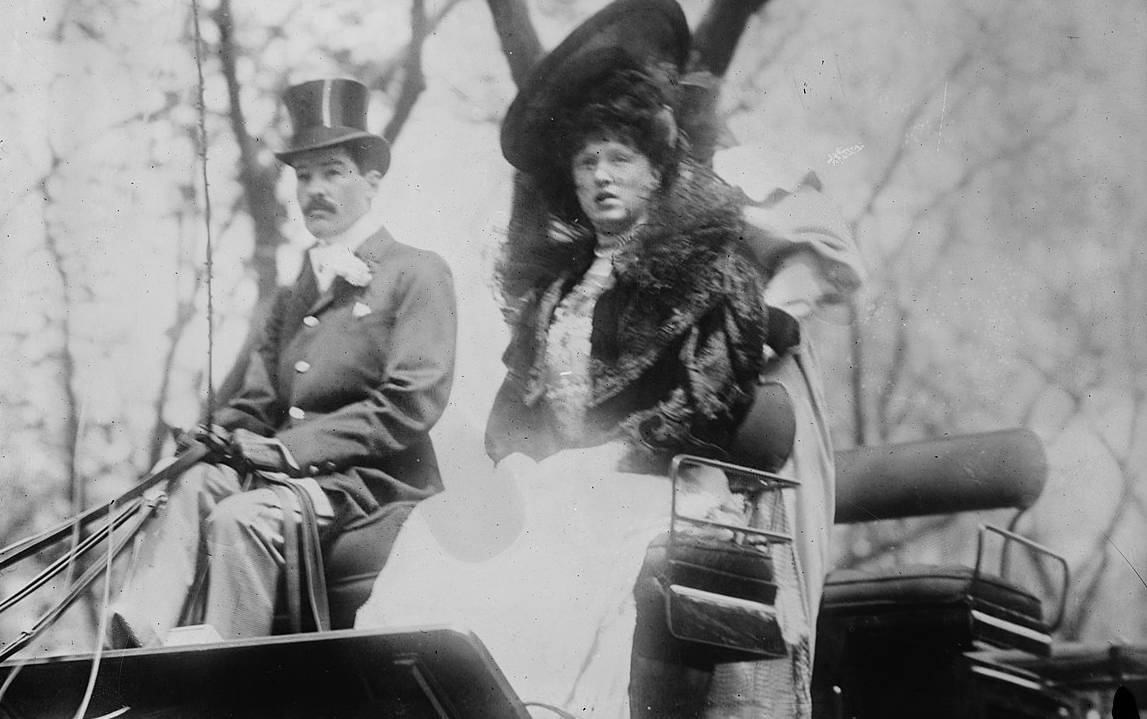 Bain News Service, Wikimedia Commons
Bain News Service, Wikimedia Commons
38. It Was A Sinking Ship
In 1915, Alfred boarded the RMS Lusitania on a business trip to Liverpool. He traveled only with his valet Ronald Denyer. Off the coast of Ireland, tragedy struck. A U-boat from Germany sent a torpedo in the direction of the ship which did irreparable damage.
It was sinking fast, and it looked like Alfred was going down with it.
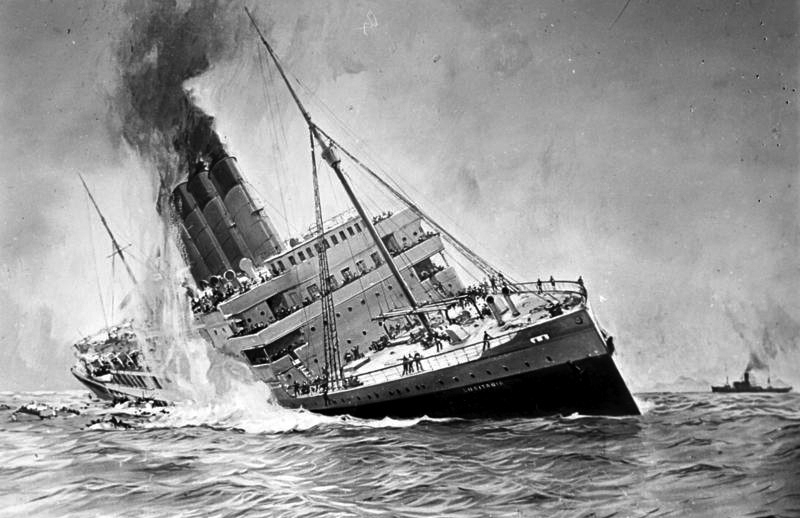 Unknown Author, CC BY-SA 3.0 DE, Wikimedia Commons
Unknown Author, CC BY-SA 3.0 DE, Wikimedia Commons
39. He Was A Hero
As the ship sank, Alfred valiantly gave his life vest to a terrified woman clutching onto her baby. This was especially brave as Albert did not know how to swim. Over 1,000 people lost their lives that day, and Alfred and Denyer were two of them.
There was one fewer Vanderbilt, but still no shortage of heirs.
 Katherinesdad, CC BY 3.0, Wikimedia Commons
Katherinesdad, CC BY 3.0, Wikimedia Commons
40. They Grew In Number
One thing that the Vanderbilts should have taken into consideration was that they were growing in number. Of course, this meant that more people stood to inherit from the pot. Since the new generation of Vanderbilts didn’t seem particularly interested in running the business, the money was quickly drying up.
But this wasn't the only pickle they found themselves in.
41. America Had Changed
Now remember, the Vanderbilts’ fortune came chiefly from the railway industry. But America was rapidly changing. The railroad wasn’t the only way to move products anymore—there were airplanes, trucks, and buses as well. This would also cut into their famous fortune.
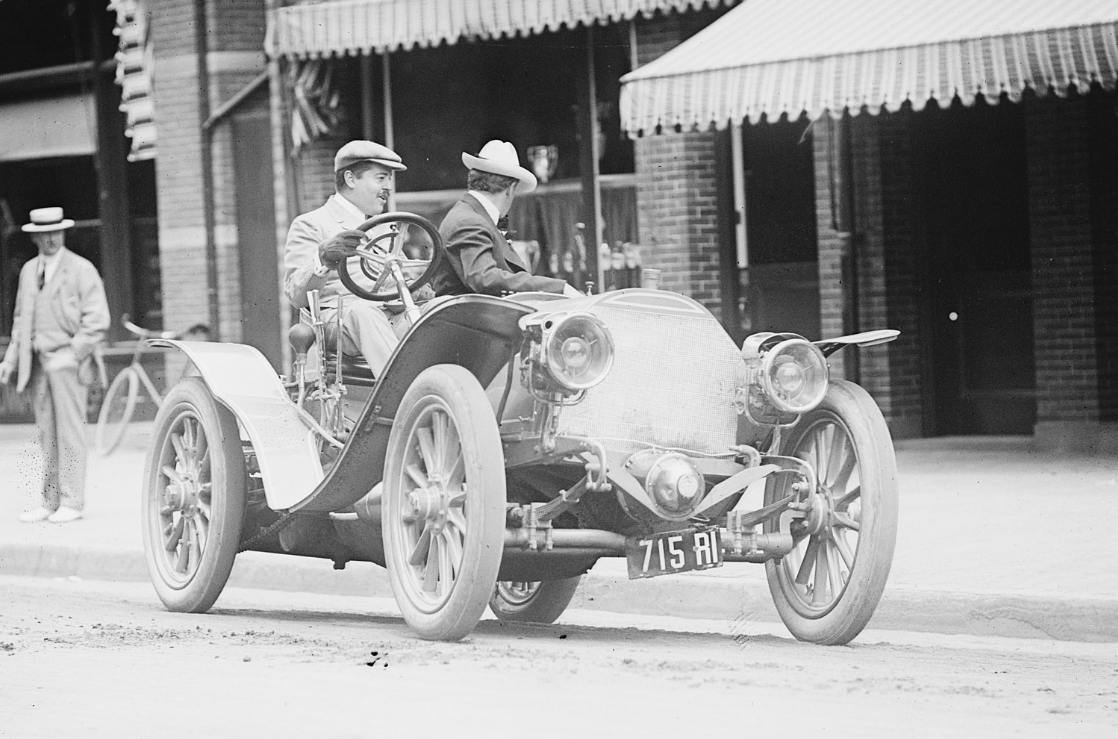 Bain News Service, Wikimedia Commons
Bain News Service, Wikimedia Commons
42. They Were Hit By the Depression
In the 1930s, the depression hit America hard, and it wasn’t kind to the Vanderbilts either. But on top of their financial woes, there was also another scandal to grapple with. By this time Reggie Vanderbilt had ended up in an early grave due to his drinking. Now his wife and daughter—both named Gloria—had little to live on.
43. There Was A Glimmer Of Hope
There was just one hope for Gloria Morgan and her daughter. You see, Morgan was not born a Vanderbilt, so she couldn’t count on anything from the Vanderbilt family fortune. The 18-month-old Gloria—who was the great-great-great granddaughter of the Commodore—was another story. When she turned 21, she’d inherit a colossal sum of cash.
This situation had trouble written all over it.
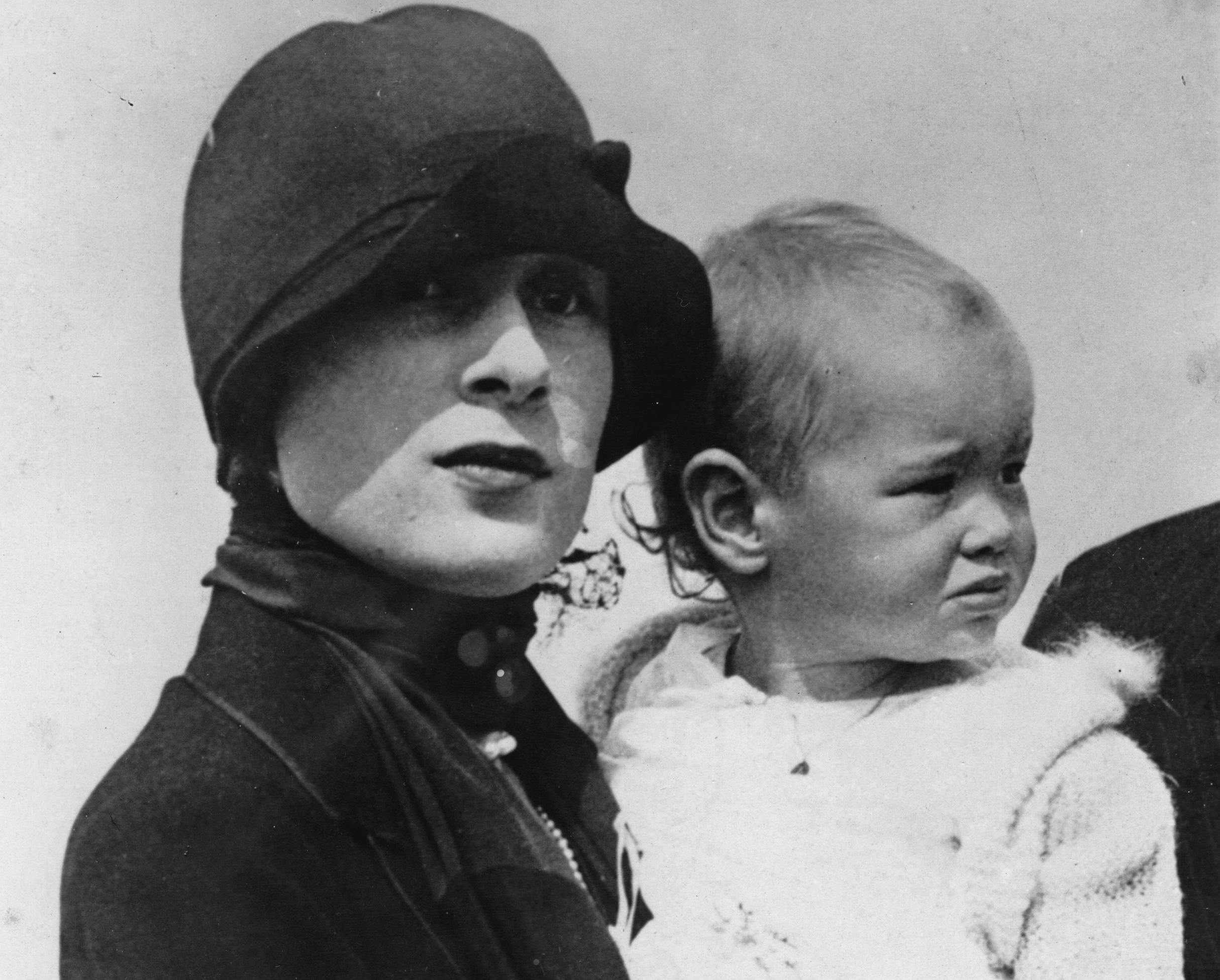 brandstaetter images, Getty Images
brandstaetter images, Getty Images
44. They Wanted To Take Her
You see, the Vanderbilts as a whole weren’t so fond of Gloria Morgan and her extravagant lifestyle. So, they had a plan to get little Gloria Vanderbilt away from Morgan and hopefully leave Morgan high and dry. Because of the wealth and prestige of the Vanderbilts, the media was about to have a field day.
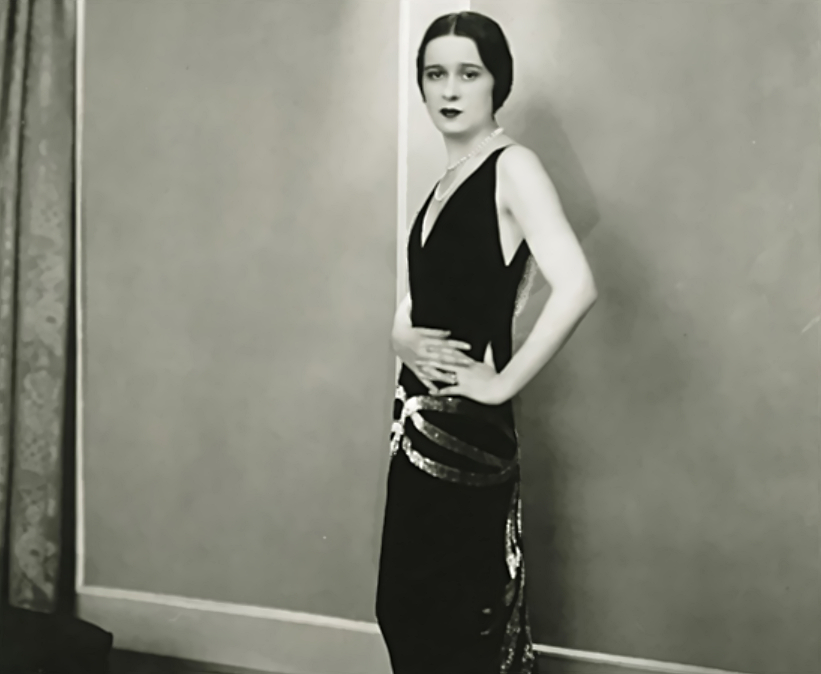 Edward Steichen, Wikimedia Commons
Edward Steichen, Wikimedia Commons
45. She Lived A Sordid Life
One of the first on the stand was Morgan’s nurse who painted a rather unsympathetic picture of the life Morgan led with her daughter. She claimed their home was filthy—and even infested with rodents. The overarching takeaway from this brutal testimony was that Morgan was unspeakably cruel to little Gloria.
The next bit of news was positively explosive.
46. She Was Improper
Another shocking testimony came from the French maid. She scandalously reported that she had seen Morgan in bed with another woman, “kissing her just like a lover". The courtroom erupted, and the judge had to do something drastic.
47. She Was Afraid
The judge cleared the raucous courtroom and continued the proceedings without the media. But perhaps the most stunning statements came from little Gloria herself, who threw the courtroom another curveball by saying she was afraid of her mother. Morgan’s lawyers couldn’t believe their ears—and for good reason.
48. She Said What They Told Her
Apparently, what Gloria had said in court may not have been entirely true. You see, Gloria’s aunt Gertrude—the one who was running this attack against Morgan—had coached Gloria on what to say. Well, her plan worked and she got Gloria all to herself.
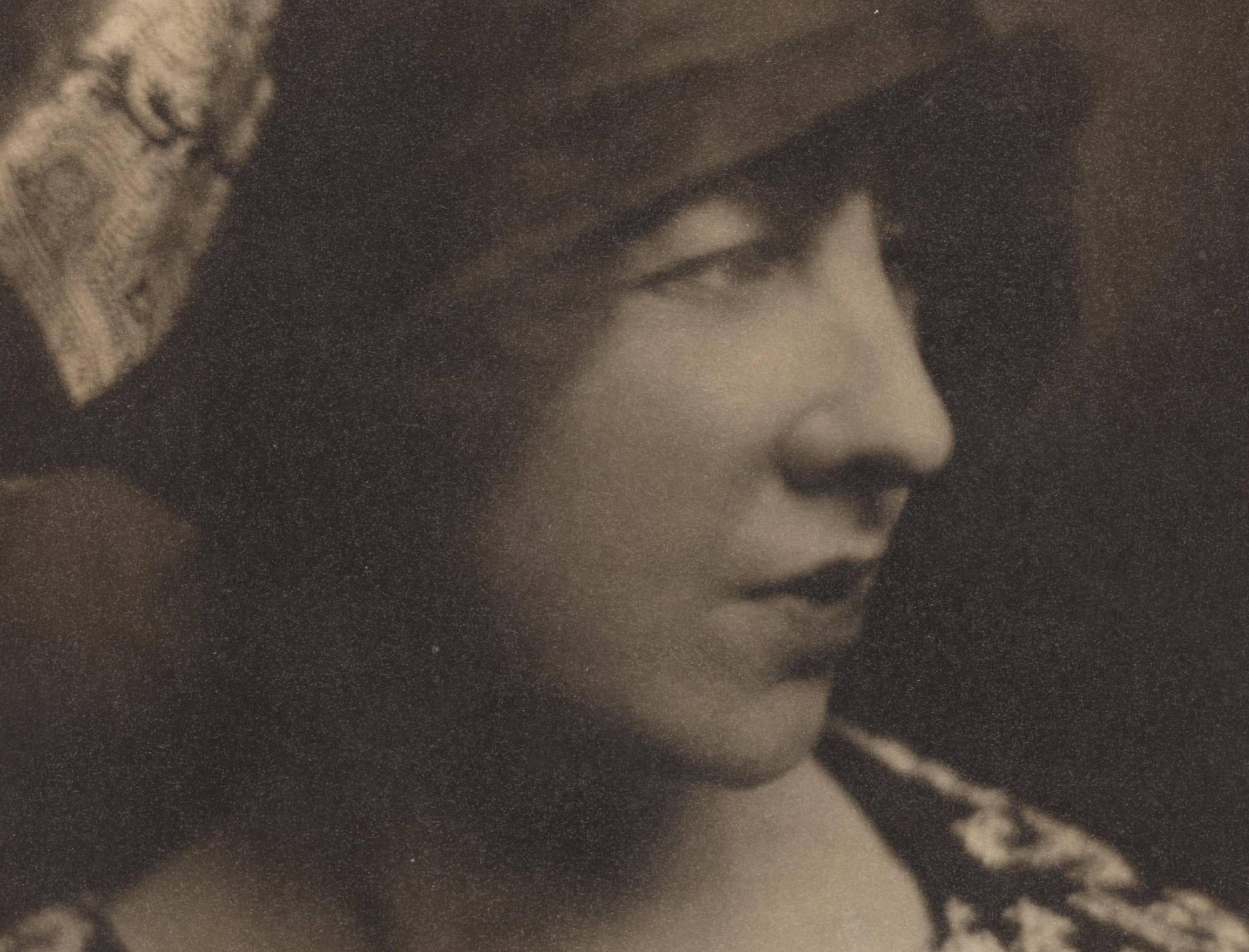 Archives of American Art, Wikimedia Commons
Archives of American Art, Wikimedia Commons
49. She Got Left Behind
After the end of the “trial of the century," Gloria Vanderbilt had very little connection with her mother. On top of that, Aunt Gertrude wasn’t exactly motherly either. Gloria turned to her nanny for a mother figure in her life. She survived the drama and decided to put it to good use.
50. She Did It Dramatically
Every actor needs to draw from the pain of their own life, so Gloria took her troubled childhood and decided to work in the theater. She appeared on Broadway and in both live and recorded TV dramas. But this wasn't all she did.
 United States Steel Corporation., Wikimedia Commons
United States Steel Corporation., Wikimedia Commons
51. She Was A Model
With her angelic face, Gloria Vanderbilt kicked off a career in fashion by working as a model when she was just 15. But this was only a stepping stone. In the 1970s, her creativity took flight in a new way.
 Carl Van Vechten, Wikimedia Commons
Carl Van Vechten, Wikimedia Commons
52. She Was More Than A Pretty Face
Gloria was so much more than a pretty face. She was also a skilled painter, and eventually, her work featured on a line of scarves. An offer followed to put her signature and swan logo on the pocket of a pair of blue jeans.
But these were not just any blue jeans.
53. They Were Very Snug
At this time, the idea of a “designer jean” didn’t exist. Gloria and Indian designer Mohan Murjani had an idea to make their designer jeans very, very tight. This caught on with the public, and it led to Vanderbilt shoes, dresses, and even liqueurs.
It seemed that Gloria was more like the OG Vanderbilt—ready to make some money. Sadly this didn’t last.
54. She Got Cheated
In the 80s, Gloria had a fashion company called GV Ltd—but behind closed doors, there was trouble afoot. Her former partners had ruthlessly cheated her out of her money. Out for revenge, she took them to court.
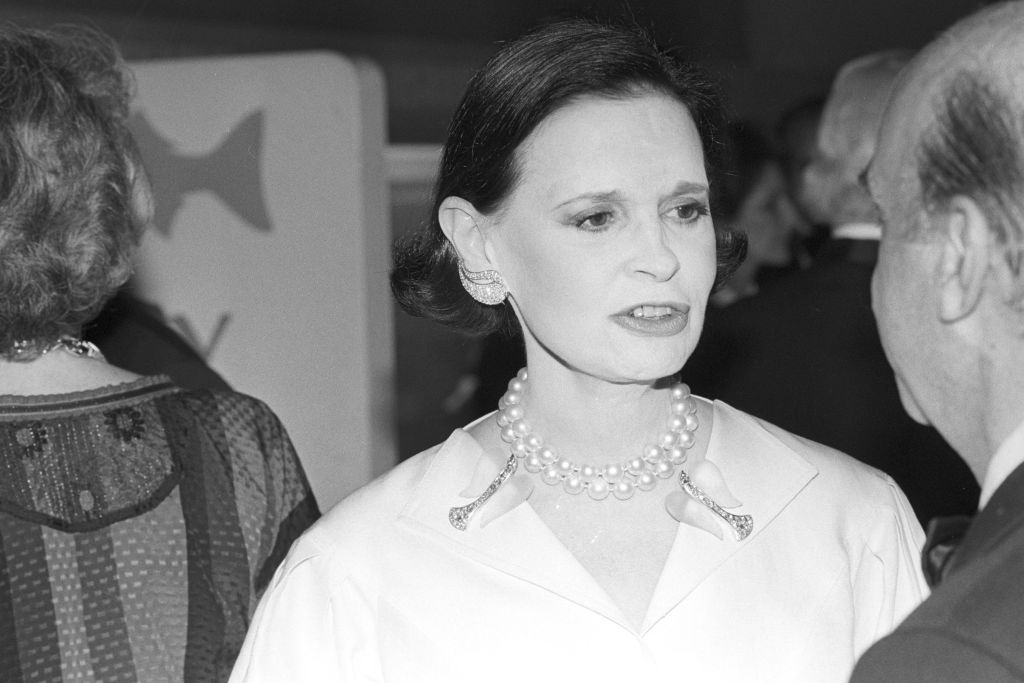 Fairchild Archive, Getty Images
Fairchild Archive, Getty Images
55. She Sued The
Gloria sued her crooked former partners, and the trial ended up being so long—her lawyer passed before it even ended. Gloria eventually won the trial and $1.7 million, but sadly, never collected any of the money her partners owed her.
Unfortunately, there was even more bad luck coming her way.
56. She Owed Big Time
As it turned out, Gloria’s now-deceased lawyer hadn't paid her back taxes. So, Gloria was on the hook for millions of dollars to the IRS. Like a lot of the Vanderbilts, she had real estate. To pay off the taxman, she sold her home on Manhattan’s Upper East Side and one in Southampton.
But it wasn’t only money that troubled Gloria.
57. Her Life Was A Mess
Gloria Vanderbilt’s personal life certainly had its twists and turns. When she was just 17 she married the 32-year-old movie mogul Pat DiCicco, who physically harmed her and called her “Fatsy Roo”. Quickly after her divorce, she married conductor Leopold Stokowski who was 42 years older than her.
But when it came to her marriages, she was just getting started.
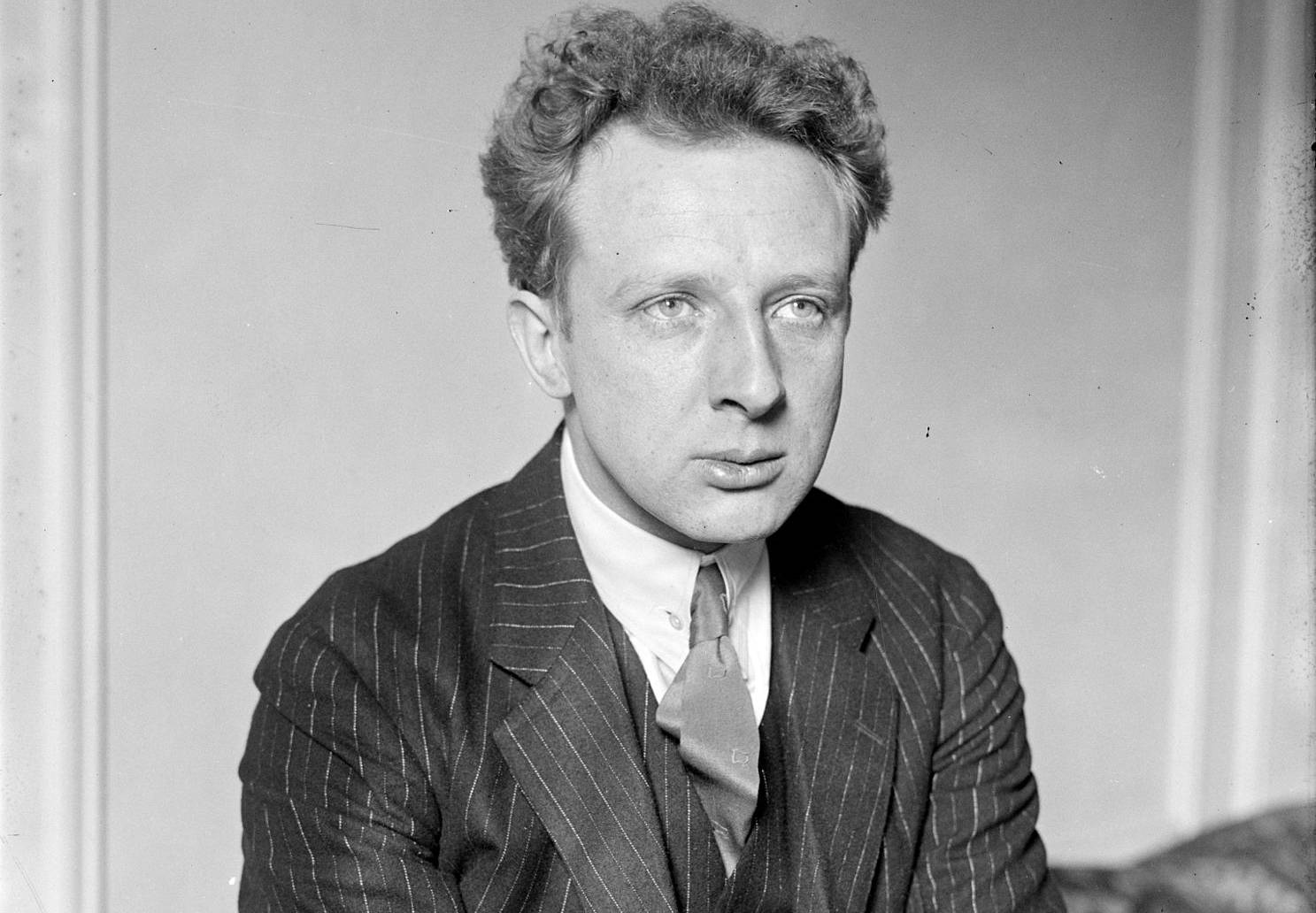 Unknown Author, Wikimedia Commons
Unknown Author, Wikimedia Commons
58. She Found The One
After her third marriage—seven years with director Sidney Lumet—Vanderbilt finally married Wyatt Emory Cooper. With Cooper, she had two sons, and it seemed that Vanderbilt had finally found the right guy. Tragically, their "happily ever after" would be short-lived.
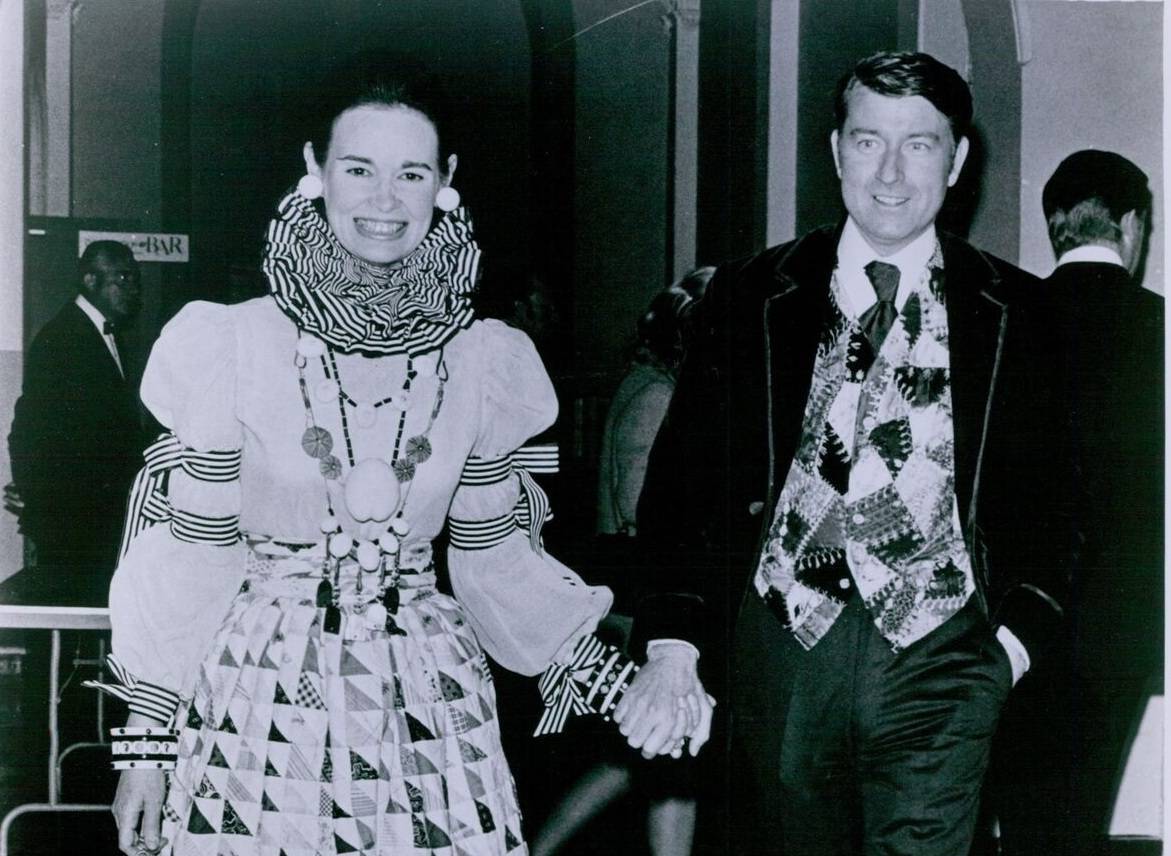 Unknown Author, Wikimedia Commons
Unknown Author, Wikimedia Commons
59. She Lost Her Husband
Gloria spent 15 years with Cooper until he perished on the operating table at the age of 50. Ironically, he was the first younger man she’d married. Little did she know, fate had another horrifying twist in store for her.
60. She Lost Another
With the passing of her husband, Vanderbilt at least had her two sons from this marriage. Sadly, this was also not meant to be. On July 22, 1988, her 23-year-old son Carter jumped out of the Vanderbilt’s penthouse apartment. Apparently, it was due to a severe allergy.
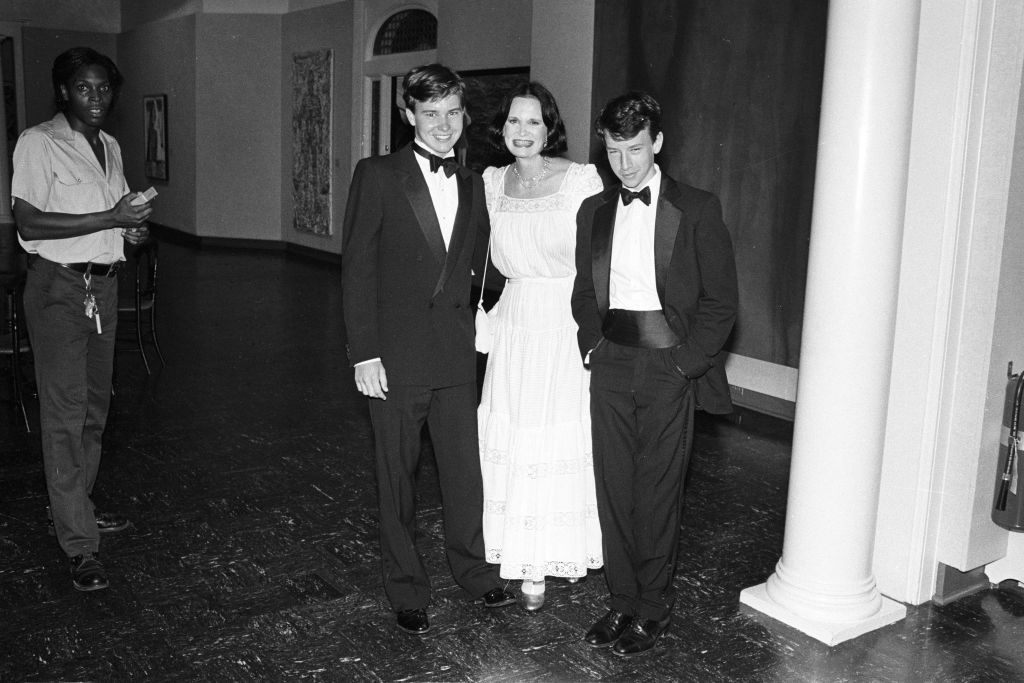 Fairchild Archive, Getty Images
Fairchild Archive, Getty Images
61. He Didn’t Get Much
Vanderbilt’s other son, unlike some other Vanderbilts, made his way in life through hard work. This is well-known American broadcast journalist Anderson Cooper. Cooper has said that early in his life, his mother had assured him that there would be no trust fund for him.
62. He Worked Hard
Because he had no trust fund to fall back on, Cooper worked like an average Joe. He manned lemonade stands as a child and served tables as a teen. In his youth, he also earned money as a model for Calvin Klein and Ralph Lauren.
 stock_photo_world, Shutterstock
stock_photo_world, Shutterstock
63. He Didn’t Use Vanderbilt
Cooper doesn’t use the Vanderbilt name much and rose to prominence without it. In fact, when he became a father himself, he focused the naming of his son on his late father—Wyatt Morgan Cooper—and his mother’s maiden name: Morgan.
On top of this, he also took a page out of his mother's book when it came to financial matters.
64. He Won't Pass Down His Money
Cooper has also shared that, similar to his own mother, he won't be leaving his son a massive inheritance: “I don’t believe in passing on huge amounts of money. I don’t know what I’ll have". Cooper is living proof that the Vanderbilt fortune has run its course. Of course, there are many reasons why.
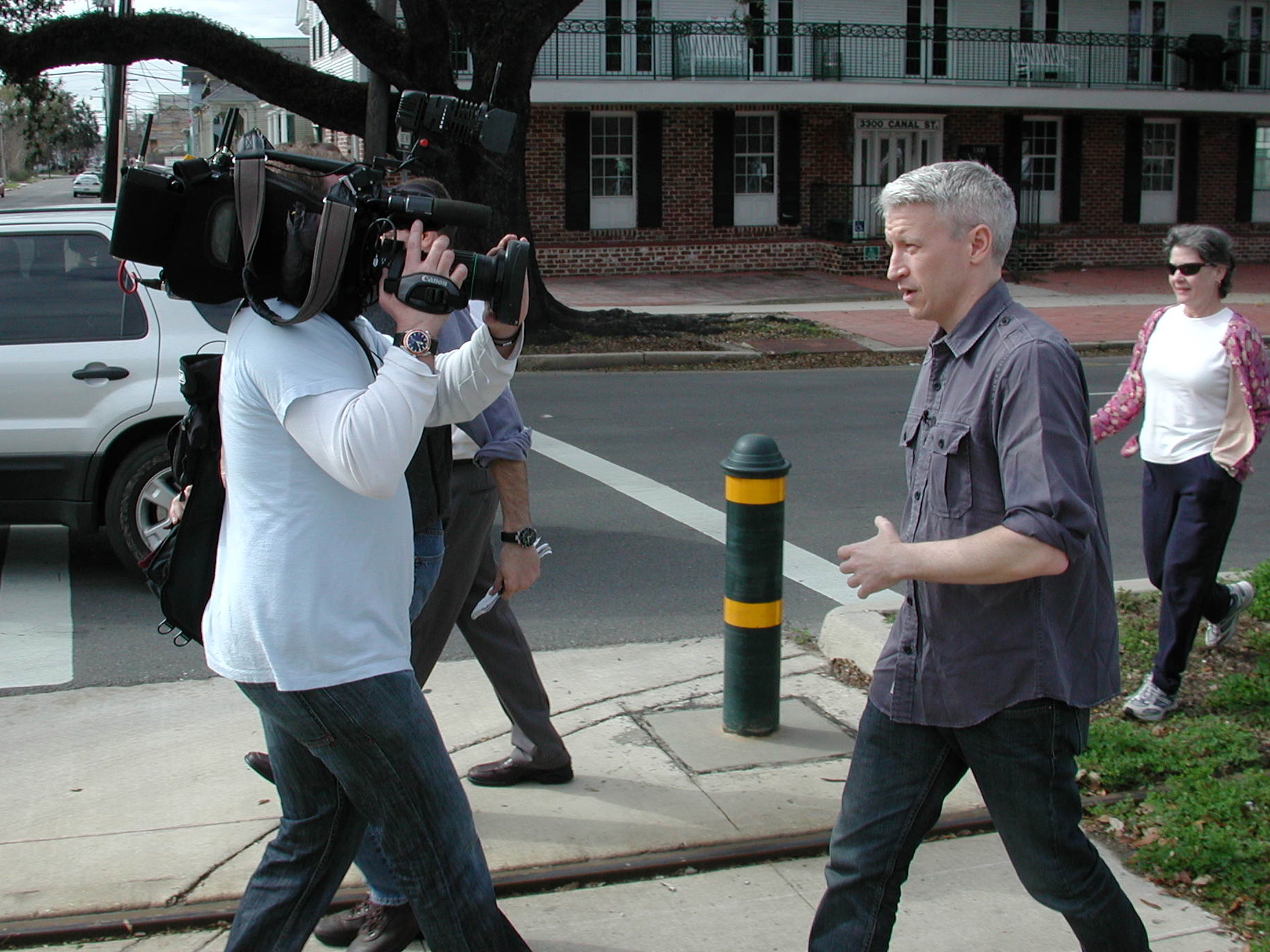 Bart Everson, CC BY 2.0, Wikimedia Commons
Bart Everson, CC BY 2.0, Wikimedia Commons
65. They Lost It
Back in 1973, the Vanderbilts got together for a good old-fashioned reunion. This was about 100 years after the Commodore—the one who amassed the original Vanderbilt millions—had passed. As the Vanderbilts of 1973 looked around the room, they all had a stunning revelation. Not one of them was a millionaire.
66. They Knew How To Throw Them
One culprit for the loss of the Vanderbilt fortune was the events they held. The parties were opulent and included expensive food and over-the-top decorations. One party in 1883 boasted 1,200 guests, with $50,000 (1.3 million today) spent on the fancy decorations.
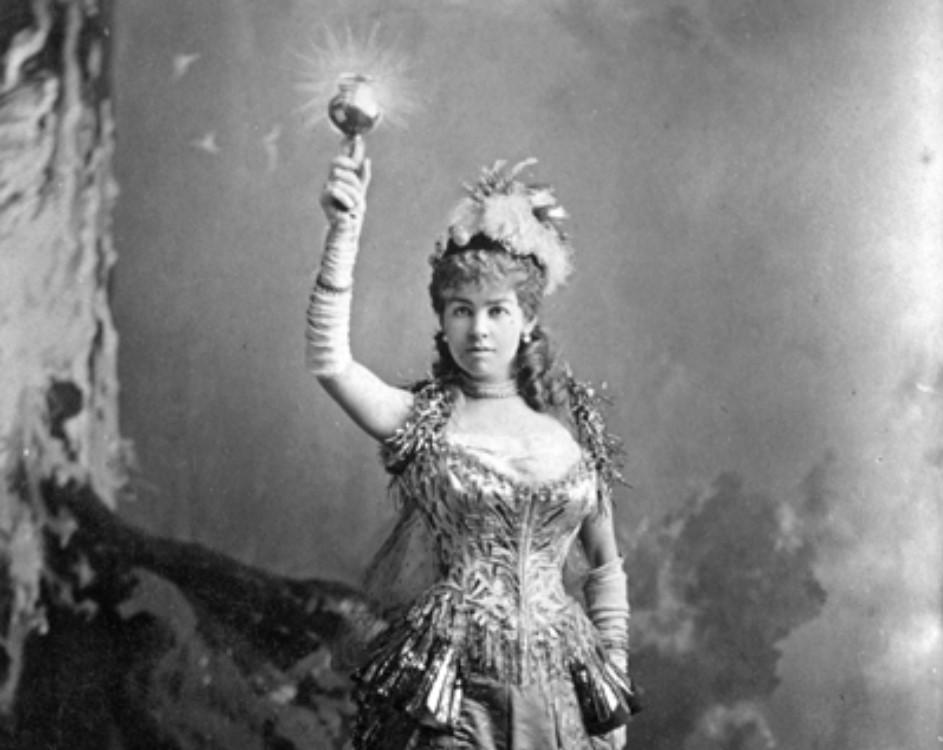 José María Mora, Wikimedia Commons
José María Mora, Wikimedia Commons
67. They Had To Look Good
Another huge expenditure was on fashion. They couldn’t exactly show up to their extravagant parties wearing last year’s outfit. Alva Vanderbilt—one of the biggest spenders—showed up to an event sporting a pearl necklace worth $50,000.
The family's vices didn't end there.
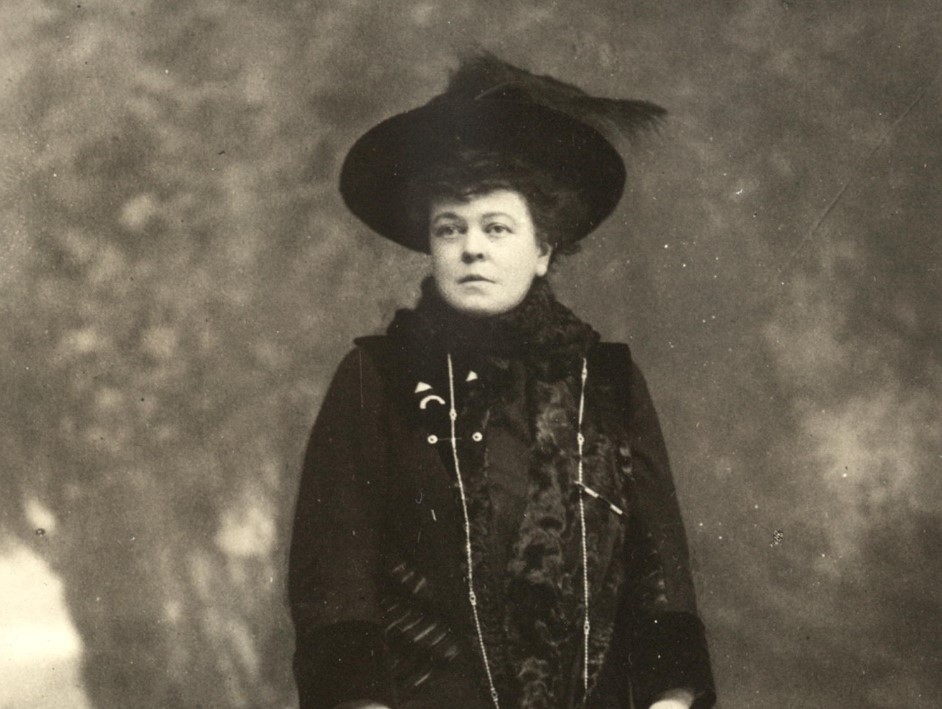 Stadler Photographing Co., Wikimedia Commons
Stadler Photographing Co., Wikimedia Commons
68. They Had Expensive Hobbies
Another reason why the Vanderbilts lost their money was their outrageously expensive hobbies. Forget stamp collecting, they were more into horse racing and, of course, yachting. That said, perhaps there’s yet another reason for the fading fortune of the Vanderbilts.
69. He Didn’t Teach Them
If you’re looking for someone to blame for this rags-to-riches-to-rags story, some say to take a look at the beginning. Sure it was the Commodore who amassed the fortune that the inheritors would lose, but some people believe that the Commodore forgot to teach his heirs an important lesson.
70. He Should’ve Split It
The Commodore made the life of his inheritors very easy, but he didn’t teach them how to stay wealthy. Some say the Commodore should have done what fellow wealthy patriarch John Jacob Astor did. His idea was to set up a trust that was split in half by his children and his grandchildren. This way, they learned to hold onto their money.
71. They Wanted The Best
Another reason for the fall of the Vanderbilts was their homes. During their prime, the Vanderbilts employed the most sought-after architects. Whether it was a mansion in New York or a palace in the countryside, no expense was spared when it came to creating outrageously beautiful living spaces.
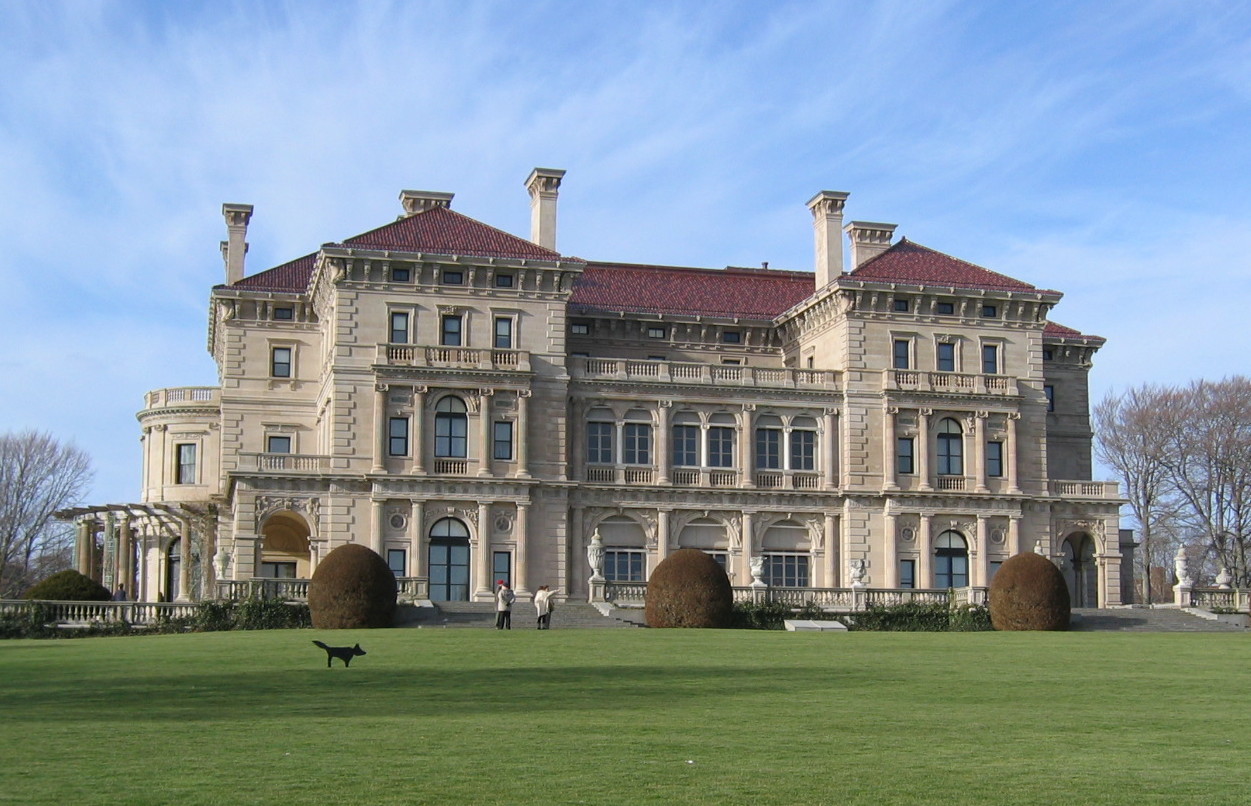 User:Itub, CC BY-SA 3.0, Wikimedia Commons
User:Itub, CC BY-SA 3.0, Wikimedia Commons
72. They Were Often Empty
The funny thing about the Vanderbilt homes was that they were often empty. The summer homes only had residents for a few weeks of the year. When it came to the city homes, the story was similar. They had a problem passing them down to the next generation. No one seemed to want them.
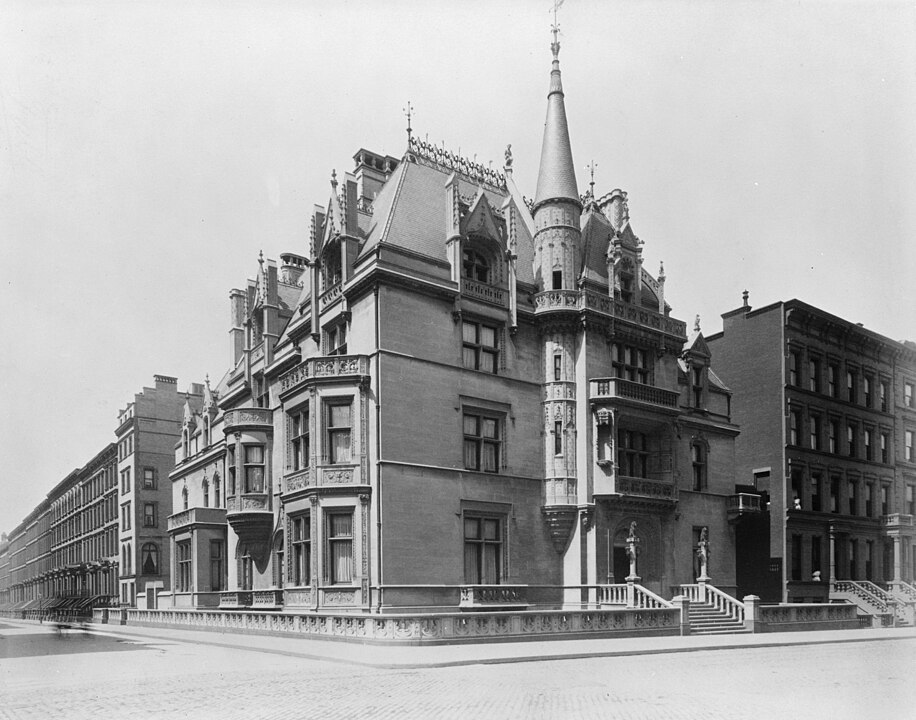 Falk, B. J., Wikimedia Commons
Falk, B. J., Wikimedia Commons
73. They Lived Large
There is a list of the largest homes in America. At the top, there sits George Washington Vanderbilt II’s Biltmore Estate. But the stunning thing is that the Vanderbilt name appears six more times on this list.
 Unknown Author, CC BY-SA 3.0, Wikimedia Commons
Unknown Author, CC BY-SA 3.0, Wikimedia Commons
74. They All Tumbled Down
The Vanderbilts seemed to almost make a hobby of building mansions on Fifth Avenue. This started in 1882, and the idea was for them to last and last. The first one to see the wrecking ball was in 1914—hardly a long life. More shockingly, all of the Fifth Avenue mansions were no longer standing by 1947.
Even when it came to departing this earth, the Vanderbilts did it with style and a hefty price tag.
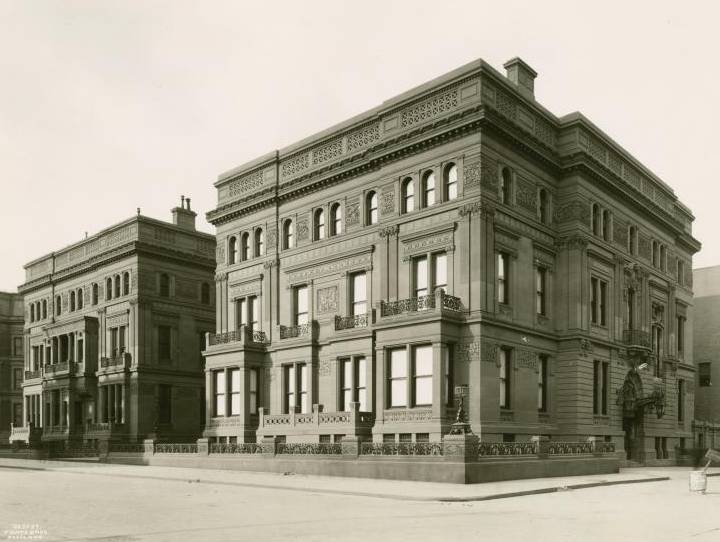 Wurts Brothers, Wikimedia Commons
Wurts Brothers, Wikimedia Commons
75. They Have An Extravagant Resting Place
In Staten Island, New York, there is a mausoleum that serves as a burial site for the Vanderbilts. The designer of the mausoleum was the famous architect Richard Morris Hunt, who took his inspiration from a beautiful Abbey in France.
The Vanderbilt Family Cemetery and Mausoleum remains a New York City designated landmark even today.
 Staten Island post cards / Bridges, Wikimedia Commons
Staten Island post cards / Bridges, Wikimedia Commons
76. He Saw It Coming
The Commodore seemed to know that there was a possibility that his family would lose his fortune. One thing he said certainly rings true today: "Any fool can make a fortune. It takes a man of brains to hold on to it after it’s made”.

